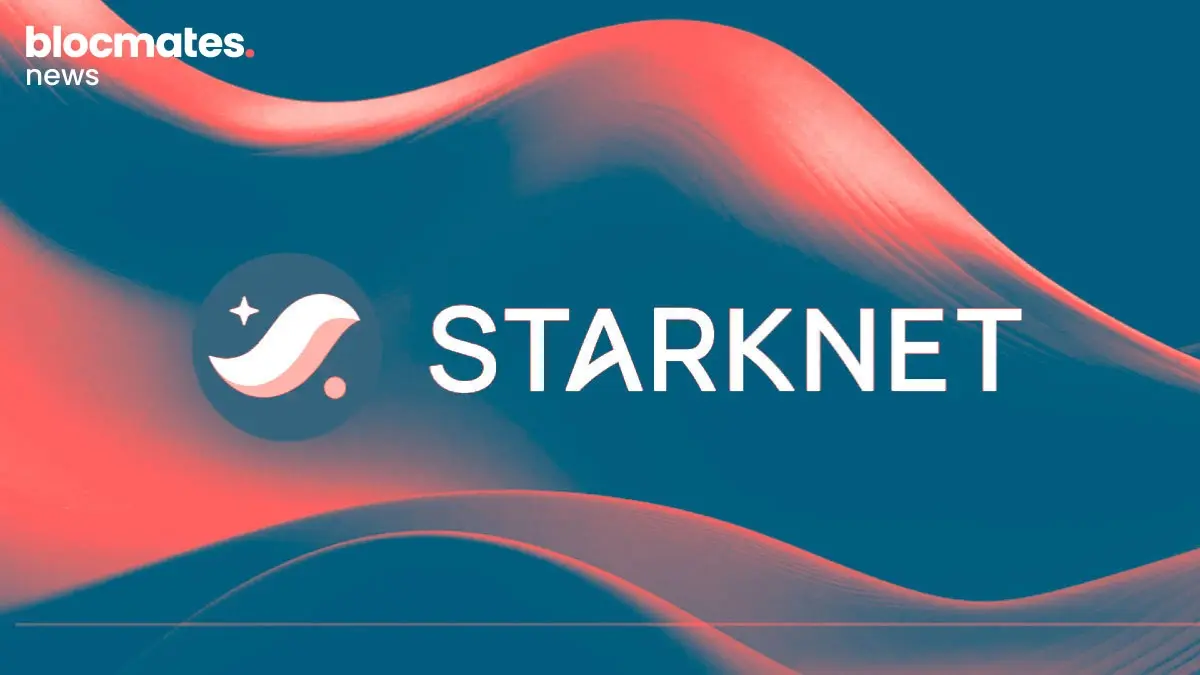Just as perps took the crypto world by storm, options have begun to pique users' interests, particularly in these volatile times. If we work backwards and look at what the traditional markets tell us about the relationship between options and derivatives activity, we can kinda forecast where the crypto/DeFi options space will end up.

Info: https://www.statista.com/statistics/377025/global-futures-and-options-volume/
Global options contracts slightly outweighed traditional futures volumes whereas, in our beloved crypto world, options (despite their growing volumes), are vastly underutilised/valued.
Deribit is the market leader for options (BTC, ETH and SOL) coming in at roughly $500m notional volumes per day whereas Binance derivatives exceeded $47bn in notional volumes with around $7bn in open interest. So, there is a huge disparity here when comparing CEX options volumes to CEX futures/perps. As mentioned above, in traditional markets this is roughly even.
So, what happens when we drill down further into decentralised exchanges and what can this tell us?
DEX spot trading volume makes up around 13% of DEX vs CEX volumes according to CoinGecko data.
But, as the eagle-eyed amongst you may point out this is spot volume, what about futures and even options? I’ll get to the point, give me a minute…
On-chain perps amount to around $1-2bn in notional volumes per day, collectively… So, roughly around 80x smaller than CEX notional volumes…
Moving onto Options…
This graphic shows that the relative options open interest compared to Bitcoin and Ethereum market cap doesn’t add up when we compare to more mature markets such as the S&P. So, despite the extremely strong S&P/Nasdaq/BTC/ETH correlation, there are still some areas which will inevitably begin to converge.

Deribit the centralised options market leader accounts for the lion's share of options traded. Their last 24 hours notional volume traded was around $500m. On-chain options in DeFi are increasingly becoming more and more popular over the past year or so, with the likes of Lyra Finance tapping into previous barriers to growth that defeated those that came before them.
So, to recap everything I have just said: crypto options are underutilised and undervalued in comparison to the relative traditional market. DeFi is also undervalued and underutilised compared to CeFi.
This presents a huge upside for those projects that look to capture this incoming growth. Even further upside will be captured by those who build and operate on-chain. When we combine decentralised derivative products stealing market share from centralised platforms plus the obvious relative growth that crypto options compared to the market cap of the industry, things get really interesting.
Taking all of the above into consideration, DeFi options protocols have enormous upside potential…
There are current hurdles to overcome in crypto options such as making liquidity providers more comfortable and profitable over time. Yes, funnily enough being profitable for LPs is their number one priority.
Liquidity is a real sticking point, particularly for on-chain options. Those that solve this issue will begin to build a moat, much like we are seeing with the likes of dYdX and GMX at the minute in the perps markets.
Impermanent Loss (IL) risk is also a factor too depending on the structure of the underlying protocol. So again, solving this issue can only benefit the LPs which in turn encourages deep liquidity and an overall better trading experience, particularly for large traders. You ideally want low risk, high activity and consequently the yields will come.
So, with that in mind, let’s take a look at one of the most promising on-chain options protocols out there, Lyra Finance.
What is Lyra Finance?

Lyra Finance is an on-chain options protocol that uses an automated market maker (AMM) for anyone looking to buy/sell a call or put on ETH and BTC.
Lyra is built on Optimism, so you get sub-second transaction times, cheap fees and a great user experience. I don’t need to tell you that if you have used optimism.
At the time fo writing, Lyra has amassed over $635m in notional trading volume, has around $19m total value locked and over 37,000 trades executed on the platform, with a 70%+ retention rate… not bad at all.
How does Lyra Finance Work?
Whilst trying to run an education platform in this space you hear the same things over and over again and the fact of the matter is that, people just get confused by options.
The average user in this space is designed to go balls long and generate as much profit as they think they can from the market. Naturally, this seldom works as that mentality is a one-way ticket to McDonald’s.
From what I have found, thinking of options as insurance on your spot exposure, is the best way for people to get their head around it. That doesn’t necessarily mean you can’t bet on the direction of the market either.
A Quick ELi5 Recap - Key things to consider when trading options.
Strike Price - The price at which you have the right but not the obligation to purchase or sell the underlying asset.
Time to Expiry - The date at which the options contracts are settled.
Implied Volatility - As the name suggests the market is anticipating volatility and this can be derived from the net purchase of options. Increase demand = increase in IV. This may be due to a big catalyst around a certain date (expiry) or due to an external catalyst the market is beginning to price in.
You can try learn Greek if you wish, but Lyra makes it so simple you don’t necessarily need to on their platform, which makes it all the better for the UX.
Before we go any further if you are a builder in this space and are hiring a remote-first team take a look at one of our partners below, Deel. They allow you to hire, manage, onboard and pay from anywhere in the world without the hassle. Yes, Deel allows you to pay your team in crypto too…

Link to our partner page: https://www.deel.com/partners/blocmates - This supports the platform at no additional cost to you :)
Buying Calls with Lyra Finance -
TLDR: Buying a call option allows you the right but not the obligation to buy an asset at a specific strike price on a specific date.
So, as I type ETH is at $1550 and I am looking at the 16th of September (expected merge date) as my expiry.
In this hypothetical situation, I expect ETH to rally into this huge event and expect around $2000 per ETH on the 16th of September.
I then have a series of strike prices that I need to weigh up before I purchase a call option.

What I think Lyra has done extremely well is lay it out in black and white, or more accurately green and red. Lyra makes it super simple to see expected PnL across certain price points.
If I buy the $1,200 strike, it would cost me $380.29 (in sUSD). So, what does that allow me to do? Well, if ETH is above $1,580.29 at the expiration date, then I am in profit.
Let’s break down why this is…
- You have purchased the option for $380.29.
- You have the right but not the obligation to buy ETH on the 16th of September for $1200
- So, ETH has to be above your cost basis of the two above to make this a profitable trade i.e. $380.29 + $1200 for the ETH = $1580.29.
That is your break-even price, anything above is your profit.

Using our $2,000 ETH target as an estimate for PnL, we can use the nice slider that Lyra provide on their trading page to give you a simple overview.
We live in a simulation so the most likely outcome is of course $420 profit at $2,000 ETH on the 16th of September (blaze it).
In all seriousness, this trade would yield 110% per contract bought given all those parameters were hit.
Now, I am not saying this will play out at all, it is just to give you a super simple example of buying calls using Lyra.
Buying Puts with Lyra Finance -
TLDR: the right but not the obligation to sell an asset at a specific strike price on a specific date.
Let’s say you are a perma-bear and you think the macro headwinds are way too strong and the merge will be a meme and/or there will be a bug and ETH is going to $0…
Well, looking at the current prices for puts on ETH on the 16th of September, if you believe that ETH could be at $1000 there could be some opportunity for you, Michael Bury Jr.
For the $1,200 strike, i.e. the option to sell ETH on the 16th of September for $1,200 it currently costs you $29.25 dollar for this privilege.
Again, take into account the price of the option when working out the PnL but $1,000 ETH yields you a profit of $165.10 or 5.6x on the money…

Again, these are both extreme cases of bull vs bear but I think it illustrates quite well the power of options for the degens amongst us.
If you are looking to use options as most do this would be to hedge against these volatile times and use them as insurance.
How to hedge using Lyra Finance?
So you picked up some ETH at $1,500 and you want to cover your spot long by purchasing some puts.
Currently, you can pick up the $2,000 strike put on ETH for $492.94 per contract.
So, again using the slider you can work out that if ETH is flat and is still around $1,500 then cool, you are obviously breaking even.

If ETH doesn’t perform then you then become in the money. For example, a $1400 ETH would yield around $96.36 profit. This almost offsets the $100 loss on your spot ETH exposure. So, again you are relatively flat despite being able to keep your spot exposure open.

So, what if ETH rips to $2,500 and you were wrong to be bearish?
Well, the max you can lose on this trade would be the cost of the option.
Think of it this way… you hold a golden ticket that you paid $492.94 for. You can use that on the 16th of September to sell ETH at $2,000 no matter what happens.
So, if ETH does rip to $2,500 then your spot long bags have increased $1,000 per ETH, whilst you have paid $492.94 per ETH as insurance. So you are still up on your spot bag and overall in profit during highly volatile market events.
You are never going to exercise that option unless you had a bang to the head or have been drinking too much.
There are a number of reasons people would want to use this basic strategy. Removing volatility during uncertain times, maintaining spot exposure and not creating a taxable event on the spot bag, or even just hedging risk for a good price.
What I love most is that Lyra makes it super simple to do this and uses visual aids to make the process accessible to anyone despite their experience.
How to Provide Liquidity on Lyra Finance -

As I mentioned above, Lyra looks to use an AMM model which is the go-to choice for on-chain traders in the spot and often perps markets.
For all good AMMs, we need liquidity providers (LPs) to come to the pool/vault and deposit tokens in that allow others to trade in and out.
Naturally, Lyra is the same and allows users to deposit sUSD (Synthetix USD) into the protocol as an LP into their market maker vaults (MMVs)
These users' deposits then allow traders looking to buy calls and puts to utilise the liquidity placed in each specific vault to speculate, hedge or take some risk off the table.
There are separate pools for BTC and ETH options currently, although there are some Coming Soon hints for other assets on the landing page which I will leave up to you to discover.
The protocol makes it favourable for LPs to deposit their sUSD into Lyra by allowing them to earn a proportional trading fee to their share of the pool. I.e. if you accounted for 10% of all the sUSD in the vault then you would earn 10% of all fees accrued to that pool.
How does Lyra earn fees for LPs?
When a user deposits into an MMV, their assets are used to quote calls and put options for those looking to purchase them. This is supply and demand driven much like any market which in turn sets the price.
The difference here is that when pricing an option off-chain an options writer would have to calculate a fair premium for writing the contract. Without getting too bogged down in options writing, the person taking on the risk needs to be sufficiently paid for doing so. Hence, they typically use a few models to calculate a fair price for writing the option.
The Black-Scholes model is widely used as a way for pricing options premium. Lyra built this into their AMM to help calculate their options prices for those looking to enter and exit a trade using their AMM. They did point out that Black-Scholes assumes implied volatility is constant across different expirations and strike prices, which isn’t necessarily true, so they adjusted for such volatility smiles in their AMM too.
You can read more about the Lyra AMM design HERE if you are interested.

So how does Lyra’s MMV adjust for volatility and not allow LPs to get REKT? It is quite clever actually, so the vault aims to be as near to delta neutral as physically possible based on call: put ratio. If the ratio is slightly skewed one way or the other the AMM will purchase sETH to rebalance ETH puts or short sETH on Synthetix to rebalance ETH calls.

This way the underlying exposure of the assets in the MMV/AMM is always constantly looking to be market neutral and not allow any imbalances through exposure to eat into any yield accrued by LPs. Smart.
There is more to be said about the large Synthetix presence on Lyra too which I will get into further below.
Benefits of an Options AMM vs Options Vaults (OVs) -
Disclaimer: This isn’t to shit on OVs, I think they have their place in this space but there are a few pros and cons compared to an AMM.
Follow the money… who writes the options for these options vaults? Where are the settled? There are a lot of options protocols that actually settle off-chain… no names mentioned… but we haven’t covered them on blocmates…
So what does this tell you? Settling off-chain to institutions that are far and away more sophisticated that the average retail investor. So, when using certain options vault protocols always ask who your counterparty is and if you have an edge over them…
I’ll leave the rest up to you to discover…
The other immediate and obvious advantage of the AMM over vaults is that they are always open. No epochs, the AMM operates and sets prices 24/7 in a non-biased fashion. Naturally, this is great for LPs so they can increase their yields year round with no downtime in the markets or waiting for epochs to start/finish.
So what are the current disadvantages of an AMM?
The first things that spring to mind are liquidity and slippage for large trades. As I mentioned in the introduction I believe options markets are particularly undervalued and the liquidity flowing into them will only increase.
Lyra does allow LPs to add and remove liquidity at will. There is a small 3-day cool-down period for LPs on withdrawal which allows the protocol to calculate the LPs % of the pool plus their fees incurred so that liquidity depth can be maintained whilst LPs process their withdrawal safely.
Still on the fence with AMMs and OVs? Well, you can use Polynomial Finance. These guys built options vaults on top of Lyra to make it seamless for you apes to gain some extremely impressive yields on stables and ETH. Kinda sad I just gave up this for free… oh well… go check them out.

If you like this kind of content, please consider subscribing to our newsletter The Ape Enclosure. It is all of this good stuff and more for FREE: https://blocmates.substack.com/
What is the Avalon Update - Lyra Finance?
Avalon is the largest upgrade to Lyra since its inception. There are a few notable upgrades to the protocol that are extremely refreshing and haven’t been seen in DeFi until now. Innovation across the board was certainly lacking towards the end of the last cycle but now, the old adage of bear markets are for building, couldn’t be more true with the Avalon upgrade.
Let's take a look at a few that stand out:
- Freely allows LPs to add or remove their positions with a small cool down for withdrawals.
Why this is useful - Knowing that you can add and remove at will is much greater than having a lock-up period, in my opinion, that is an obvious upgrade. On top of that, now once a user deposits their collateral they receive an ERC-20 LP token. Which increases the possibilities of composability through lending, borrowing and even yield aggregation for LPs.
The possibilities for this are endless, having LPs being able to deposit, receive a yield-bearing token and then borrow against it will do wonders for the LP, Lyra’s liquidity and the protocol as a whole.
People like optionality. If they don't get to make their own decision with their assets and/or they are locked up and opportunity costs arise, they will often seek better opportunities.
- Partially collateral for selling calls.
Why this is useful - Increasing capital efficiency for those looking to sell calls, which would usually require a lot of capital to make sense. Using partial collateral allows users to operate with a larger size and helps with opportunities such as volatility surface arbitrage, due to users not requiring as much capital to bring this back in line.
Liquidation fees from this feature will also be distributed to LPs as a reward for not being an idiot.
- Increased Rolling Expirations.
Why this is useful - This one is slightly obvious but I’ll say it anyway. You want users to have optionality on the platform. Being able to see strikes that are further out in creates user retention. People like to strategies on these things and be in one place to speculate particularly if they are a Lyra maxi.
Increases in liquidity will allow Lyra to have an increased number of strike and expiration dates going forward. Ideally, the team would like to get to 12 months out with over 100 strikes and expirations which is obviously great.
This is also great for the likes of Polynomial who can plan and project yields further out into the future for their depositors.
Synthetix and Lyra Partnership.

A lot of you will be big fans of Synthetix and for good reason. This recent partnership sees the sUSD stablecoin being used as the primary collateral on Lyra. I love this step moving away from USDC, USDT etc. DeFi protocols are now scrambling to fix their stablecoin dependency in light of the recent blacklisting events, which I would expect to continue.
LYRA has been used for Curve bribes as a part of the incentive to maintain the sUSD-3CRV pool which is a fair trade-off for me. You have to think it is in the protocol's best interest in incentivising the sUSD peg as it is the underlying collateral on the platform.
These are two powerhouses of Optimism and this is a great step forward for intra-chain composability and decentralisation in my opinion.
I look forward to seeing how the two protocols integrate further in the future.
LYRA Tokenomics -
The LYRA token is available on Ethereum and of course Optimism. Currently sitting at around $20m mc with a fully diluted valuation of around $110m.
You have to think back to the beginning of the article (I know it was long ago), the options markets are still in their infancy in crypto and in DeFi, they are just being born.
I love to think about these protocols in 10 years time and think about where they could be and laugh at the current opportunities that present themselves. I truly think we will look back at this time and either thank ourselves or kick ourselves at the opportunities taken/squandered at the time.
LYRA Distribution -

The LYRA token just went through the LEAP-26 governance vote which sees it get its own facelift along with the protocol.
LYRA is used for incentives for those power users on the protocol in a few ways:
- Staking rewards. stkLYRA will accrue additional LYRA. stkLYRA holders are also eligible for those OP rewards too.
- LP rewards - To additionally incentivise LPs to deposit to the protocol and increase liquidity, LYRA rewards can be directed to boost yields. At present, there are no stkLYRA rewards as the protocol is distributing its OP incentives.
- Trading Rebates - Currently stkLYRA holders are subject to a 20-60% trading rebate when using the Lyra protocol. This will come in the form of more stkLYRA and/or OP tokens.
- LYRA-ETH LP - To help ensure deep liquidity for the LYRA token, users can earn additional boosted rewards as an LYRA-ETH LP.
Initially, this may seem as if a lot of the tokens will be distributed to users/supporters of the project which I think is fair game. This is a customer acquisition cost that all young start-ups in the real world and in DeFi. Just as we are seeing with the likes of GMX, once Lyra hits a stage where LPs are sufficiently compensated for their capital, the shift to purely protocol-generated yield, i.e. Real Yield, will be enough to reduce and even remove LYRA tokens as additional incentives.
On top of that… I always say governance proposals are the leading source of alpha straight from the horse's mouth. I put it in this category for leading sources of alpha - Governance proposals - Discord/Telegram - Medium - Twitter - Your Friend at work.
Governance forums allow you to see the proposed upgrades to the protocol and if you check them regularly then you make a decision based on said proposal…
So, feast your eyes on LEAP-20 and some of the LYRA upgrades that are currently being worked out -
- xLYRA - Users can lock for up to 1-year and be subject to inflationary rewards which will be linear proportionally to their share of the locked pool. This also comes with boosted LP rewards, governance rights and exposure to trading fee revenue share.
- xLYRA - Will be non-transferable, Decays linearly with time similar to how you see veCRV and CRV decay. This will be available only on optimism so users wanting to get exposed to the above rewards will need to be over there. Link to Celer Bridge.
Final Thoughts -
As you can probably tell I like Lyra, a lot. I always like to experiment in areas that seem undervalued and underutilised for a few reasons. They grant huge asymmetrical opportunities with regard to long-term investing. If people can’t see the value where you clearly can, then you can make some nice returns on that in the short, medium and long term.
The other reason is that when using new innovative products before the herd, you can define an edge before the rest get up to speed. So, from a trading perspective, it makes sense to be pushing the limits of your knowledge around not just perps and futures but also options.
I think the Optimism grants program is doing wonders for that ecosystem and bringing additional assets to the platform will only be a good thing. We have already established liquidity is the main sticking point here to allow any AMM to grow and flourish. If and when Lyra start to see $100m-$1bn TVL, this is when the fun really starts in my opinion.
I think the likes of Polynomial are great for allowing additional capital to flow into the protocol and when others see their success I can imagine more structured products will jump onboard too. This will lead to greater liquidity and a greater trading experience and create its own self-fulfilling prophecy and its own flywheel effect.
Removing that additional risk for LPs is a great start, I’d like to see some lending and borrowing integration for Lyra LP tokens too. The reason I say this is that it helps with people depositing liquidity and forgetting about it i.e. sticky liquidity. If you can deposit say $1m of sUSD in Lyra earn a great yield and then maybe borrow 10-50% against that collateral from a lending and borrowing protocol, then imagine the possibilities. I don’t think it will be long until we see this.
Finally, Lyra has a trading competition based around The Merge with $30,000 in OP in rewards to be distributed. For more information see their tweet below -
https://twitter.com/lyrafinance/status/1566949270137217025?s=20&t=0NuoSE0ilRPFaWXpTeOreg
That is about it I hope you liked it and let me know what you think!
Lyra Resources -
dApp - https://app.lyra.finance/portfolio
Twitter - https://twitter.com/lyrafinance
Discord - https://t.co/pr4c5tGTMi





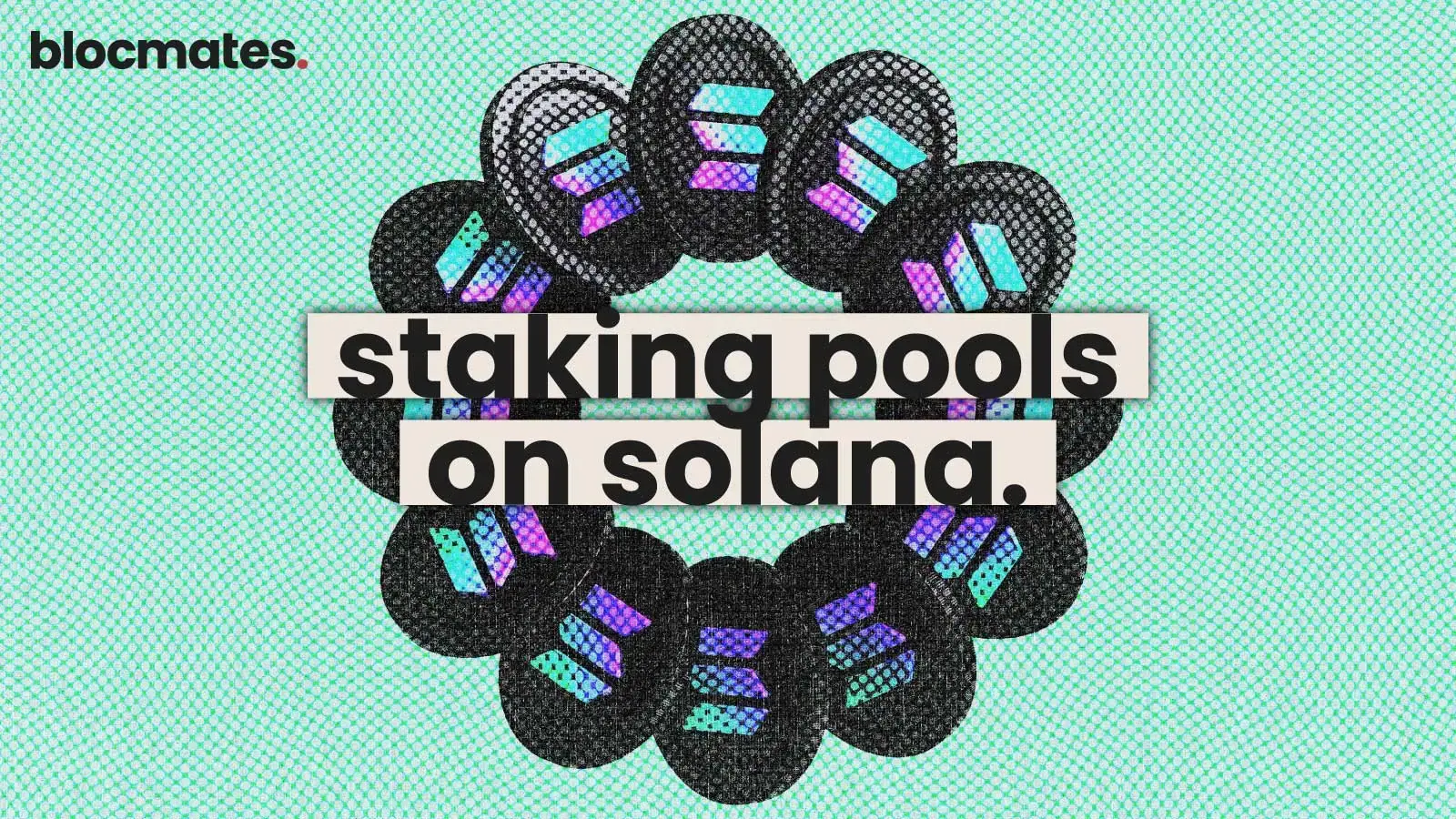





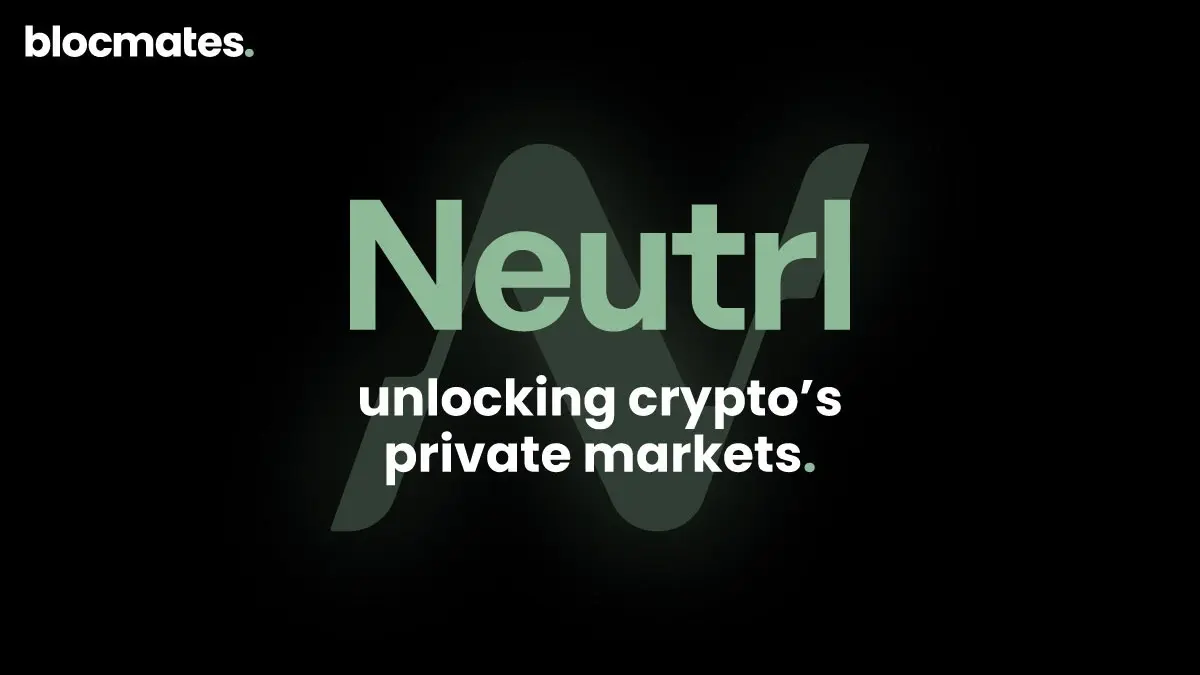


.webp)

.webp)
.webp)

%20(1).webp)
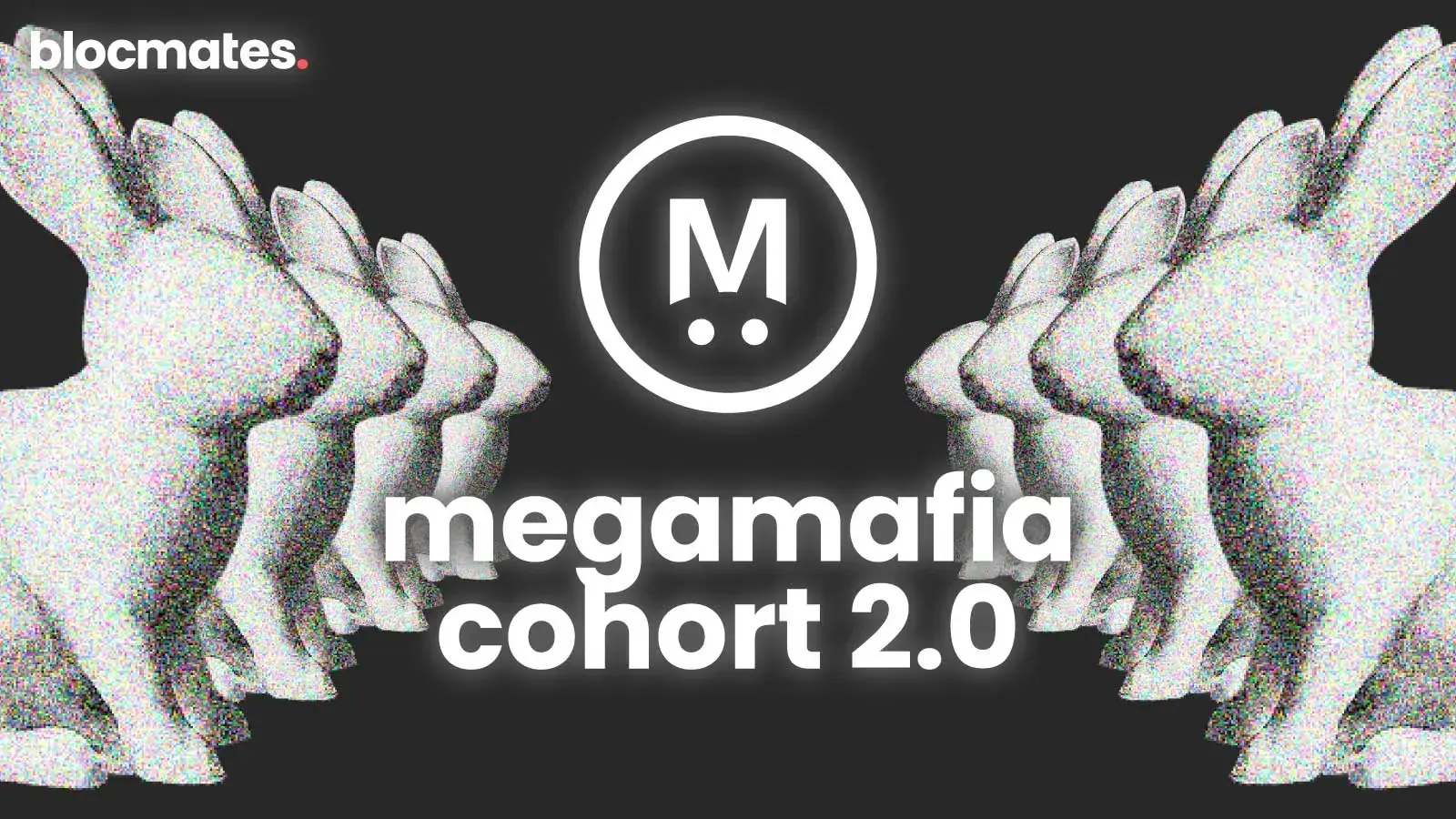
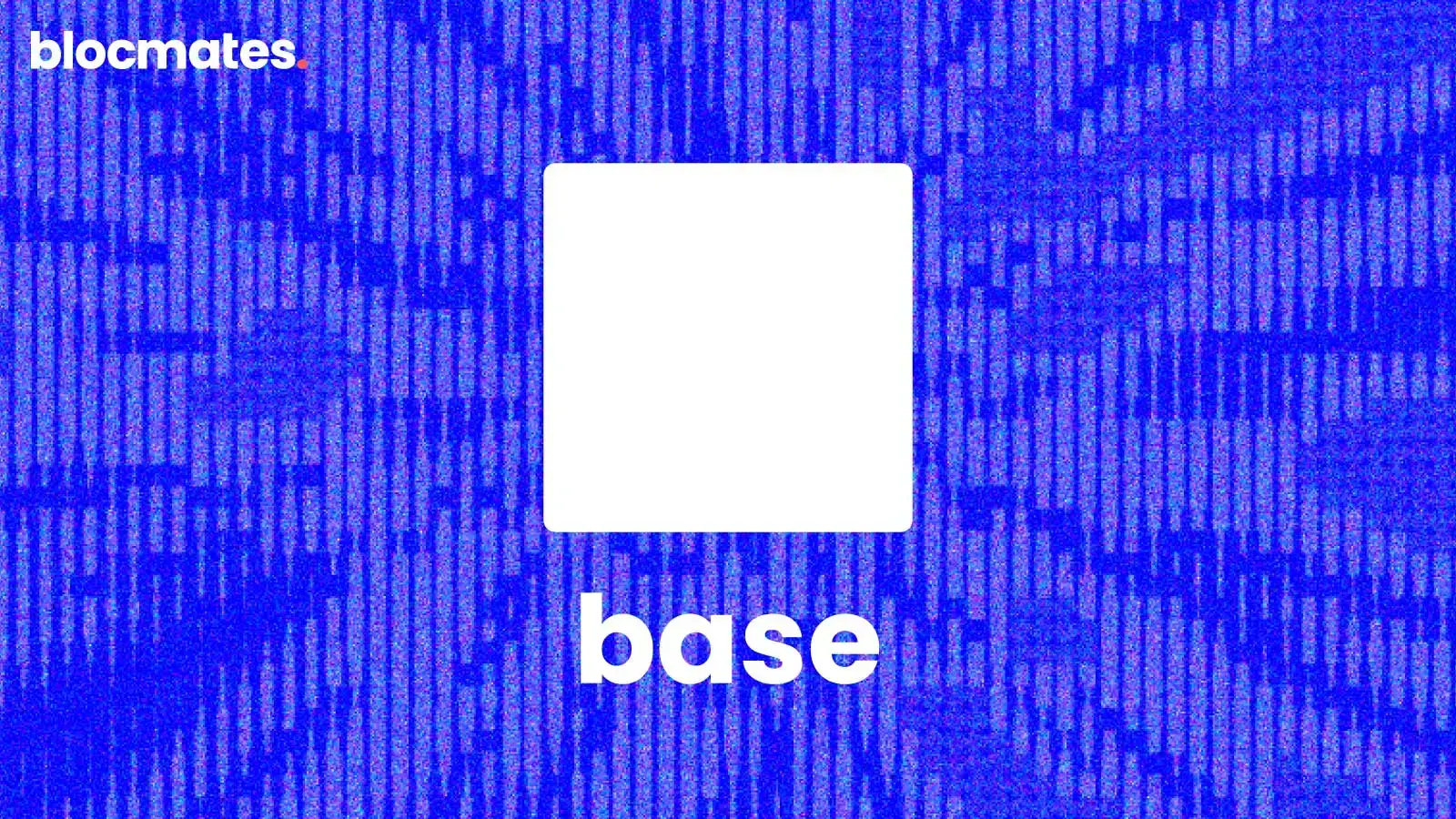
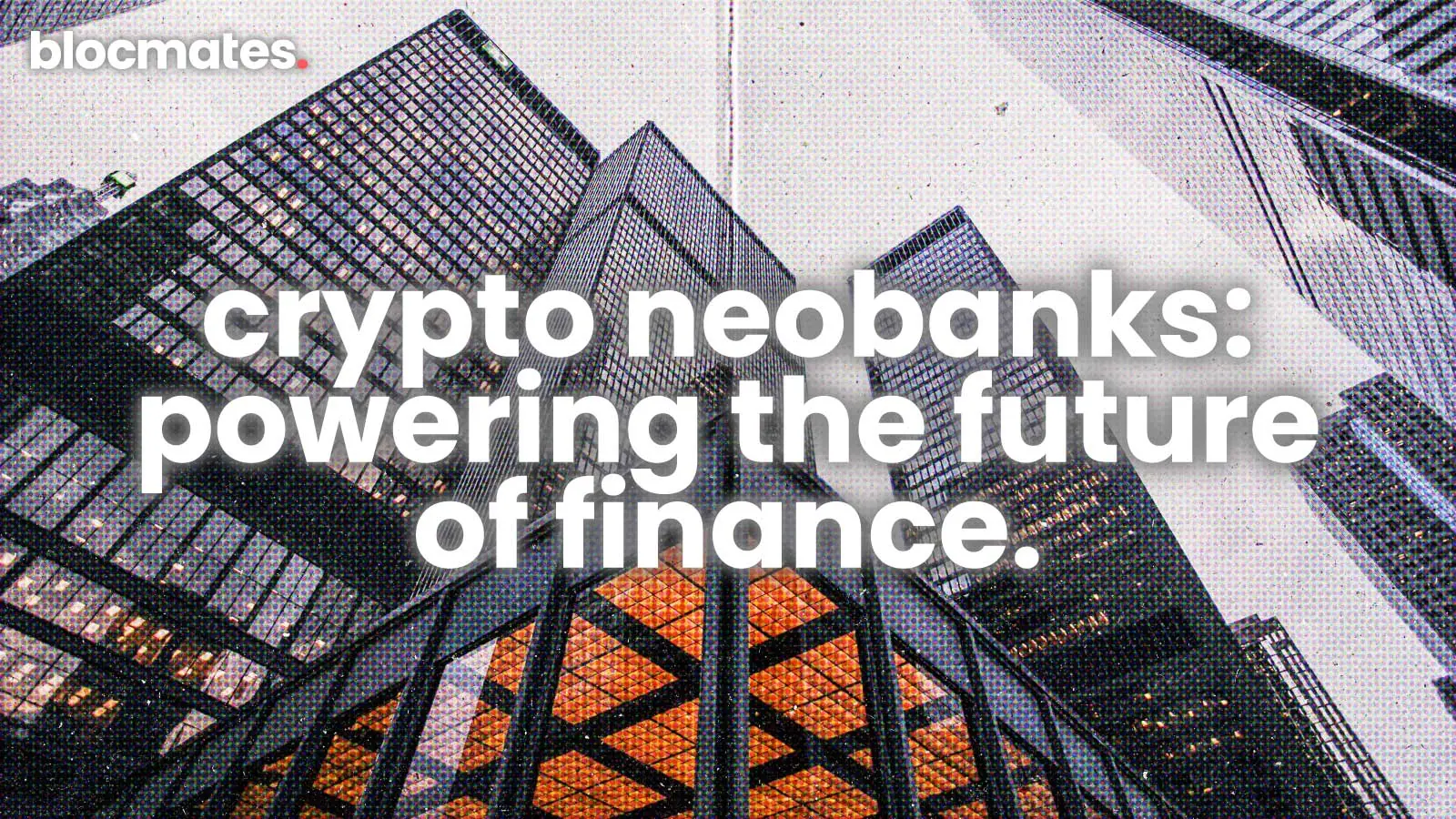


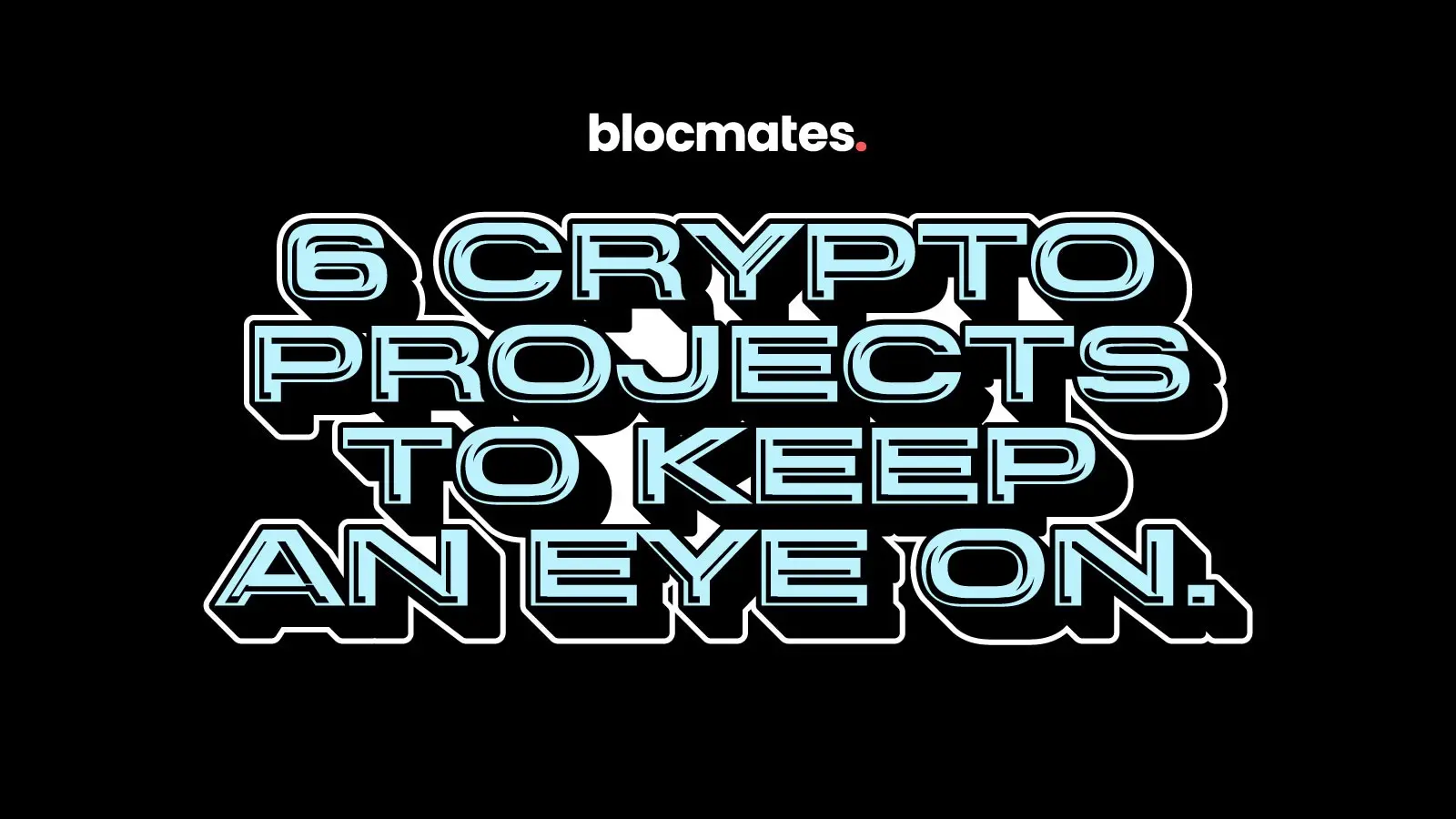
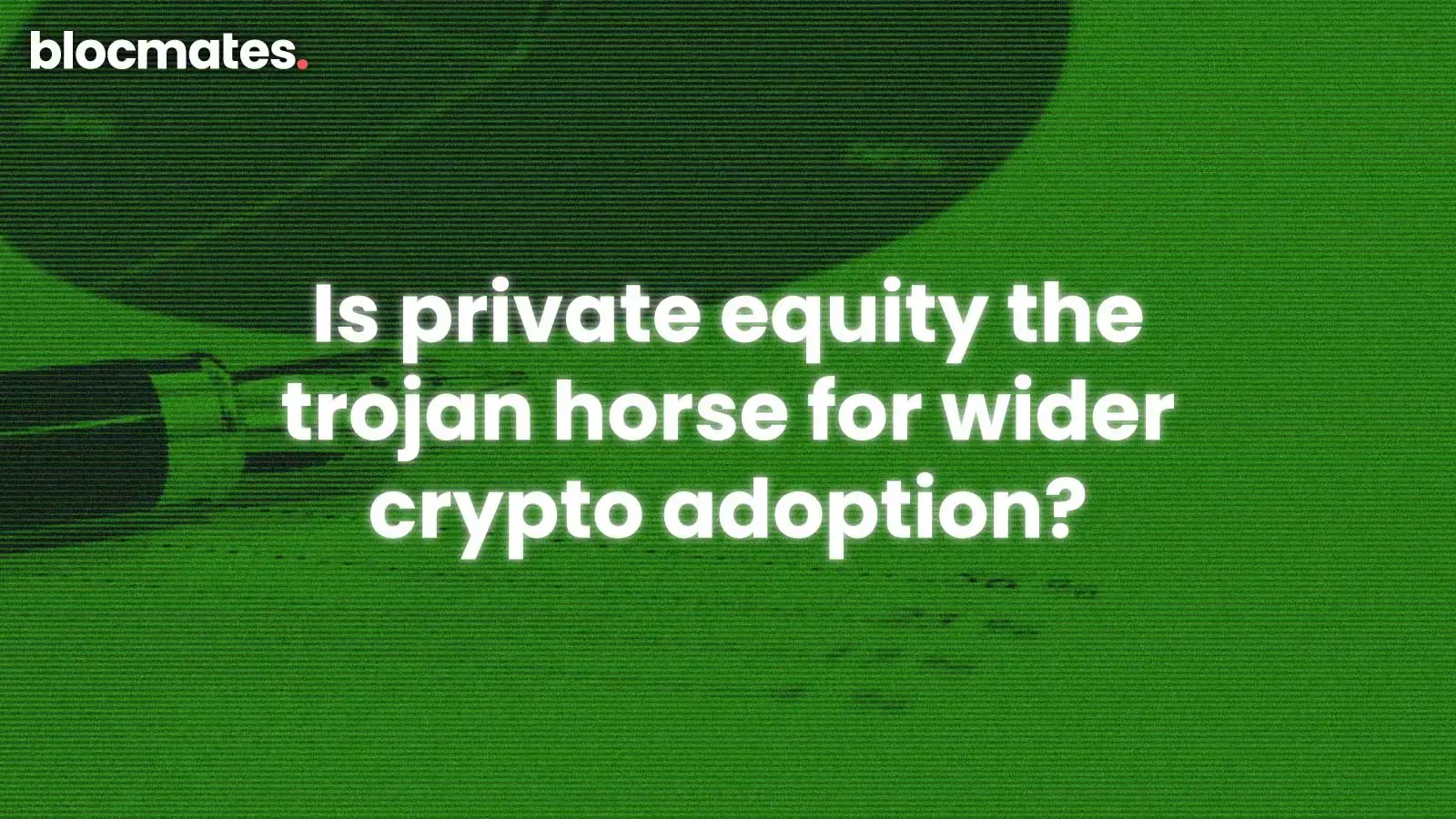
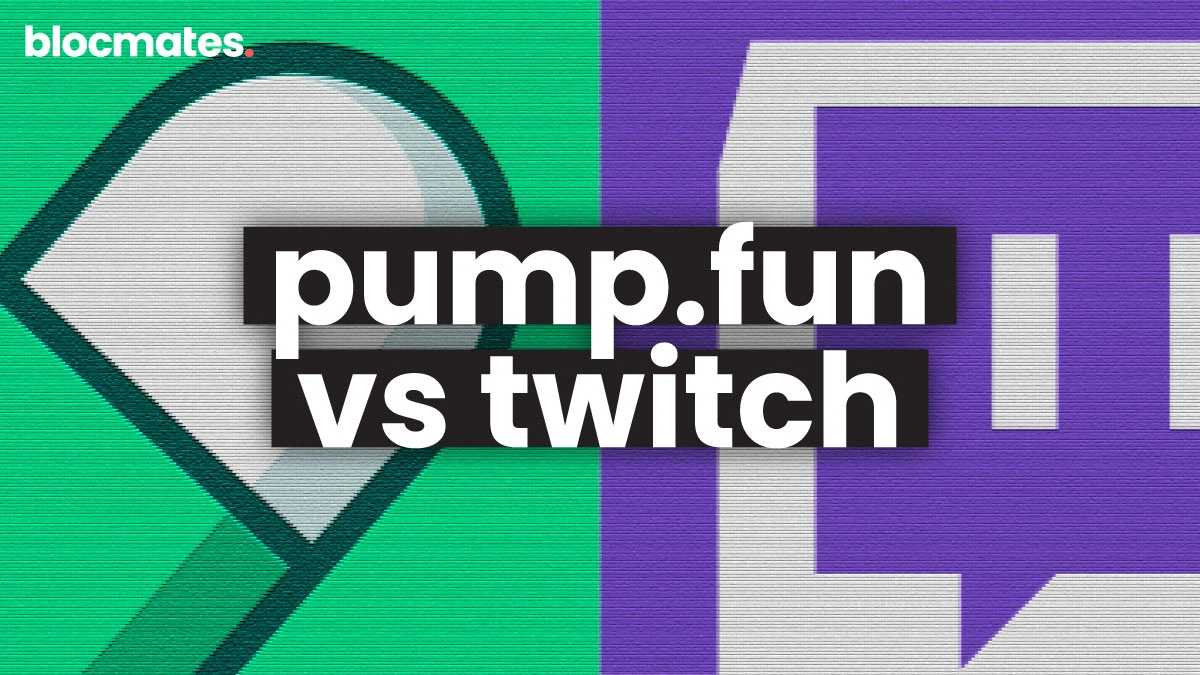

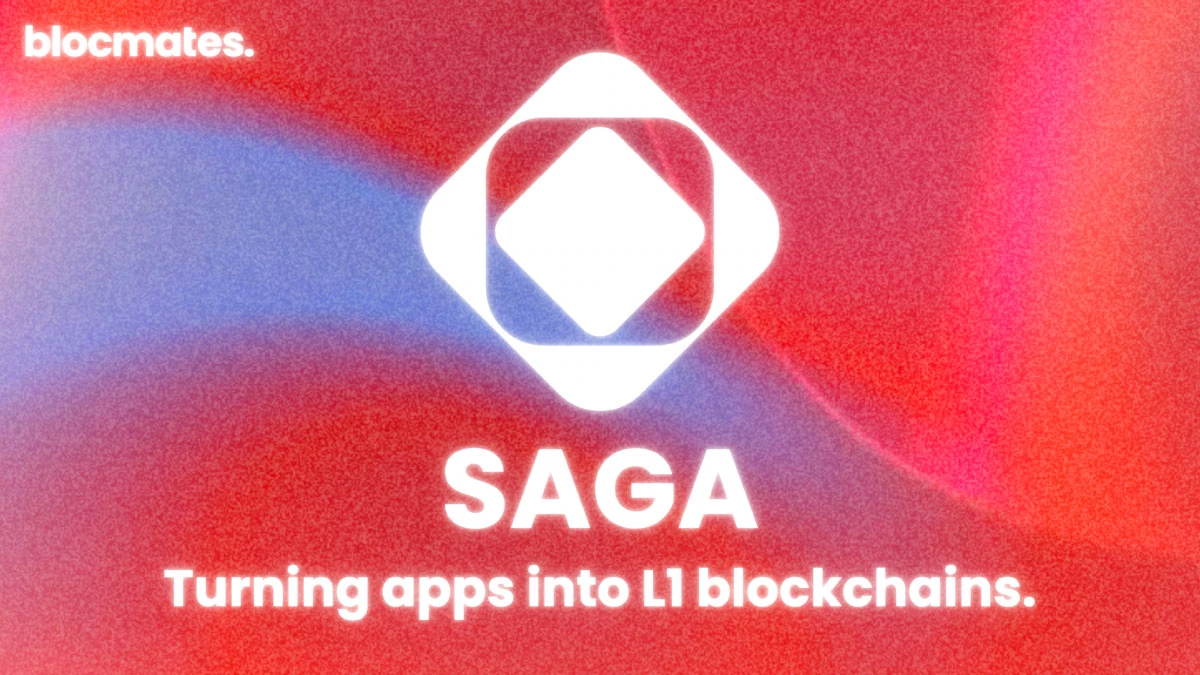


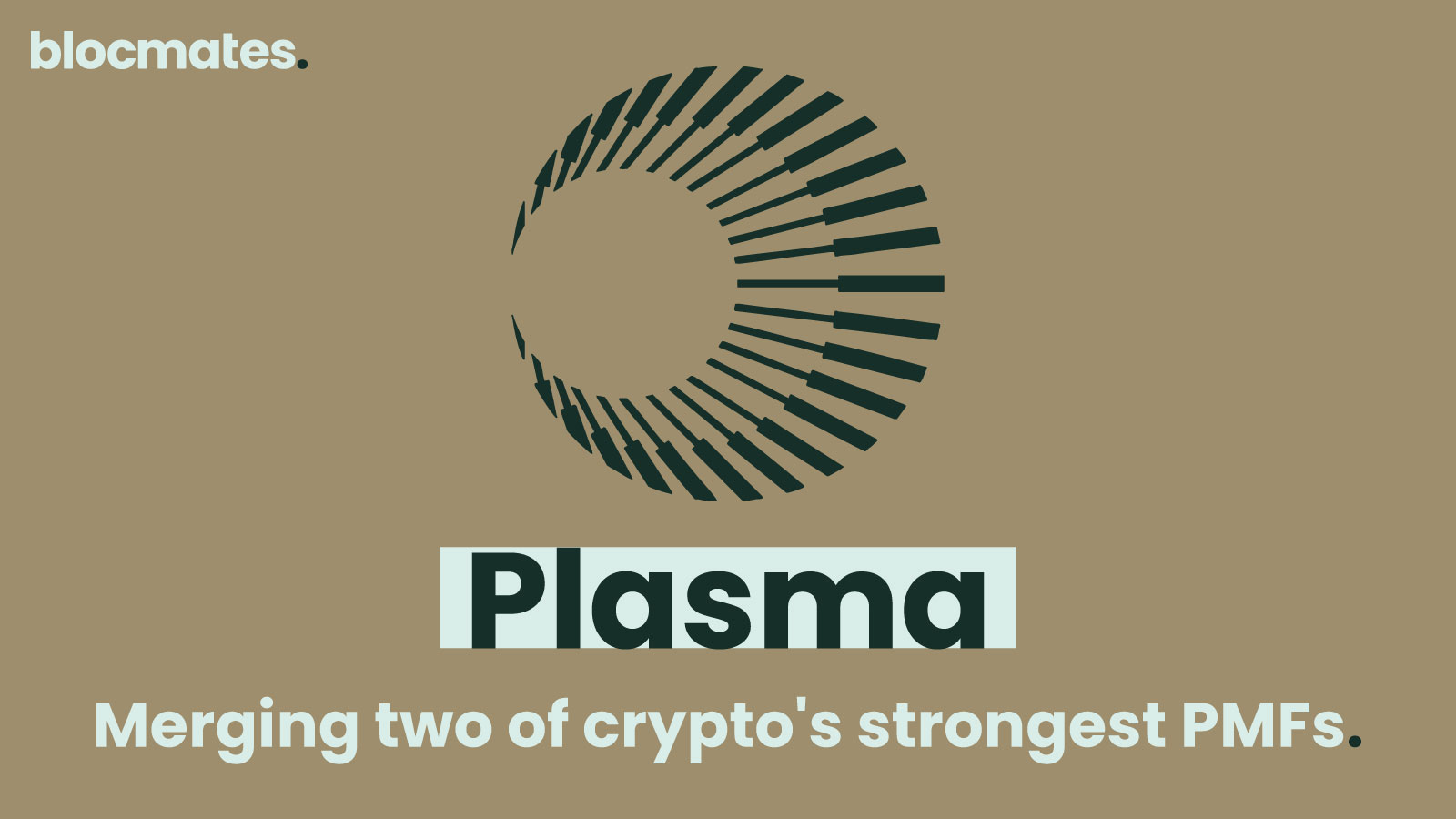

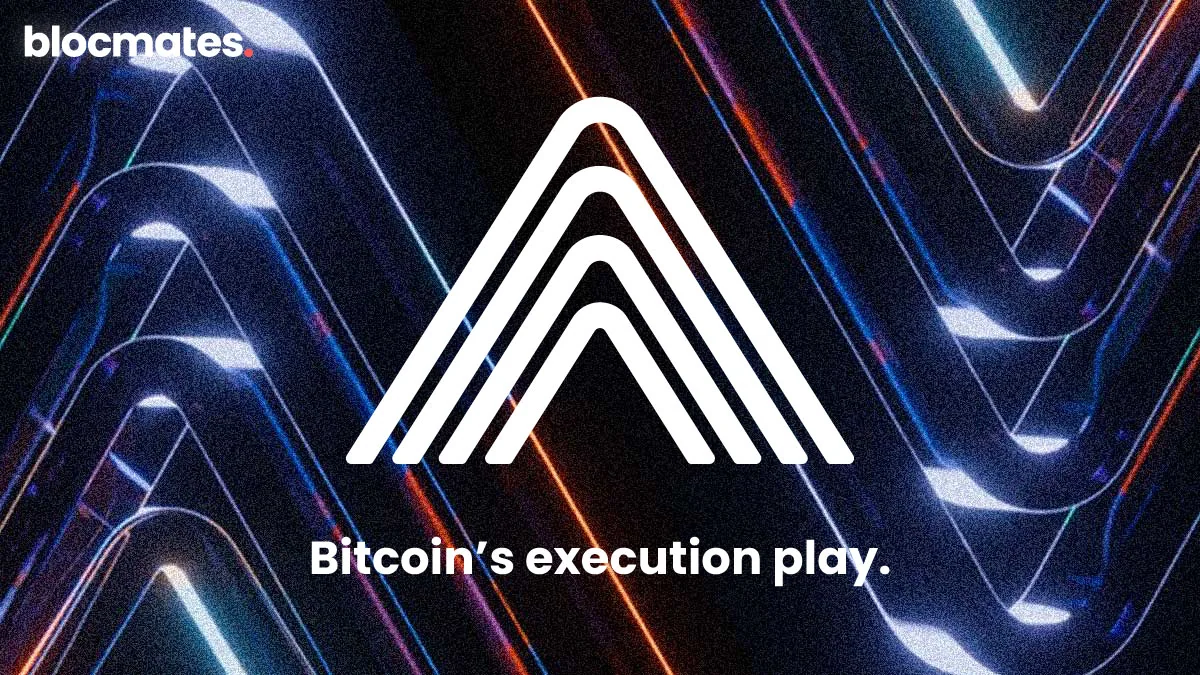

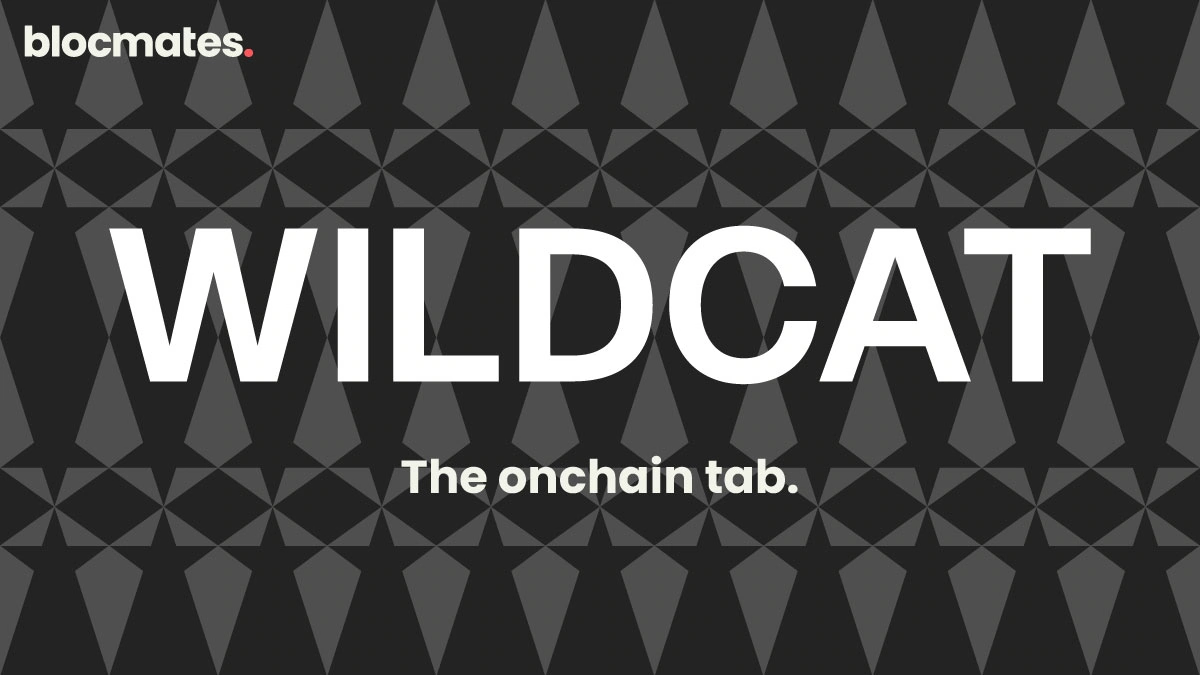
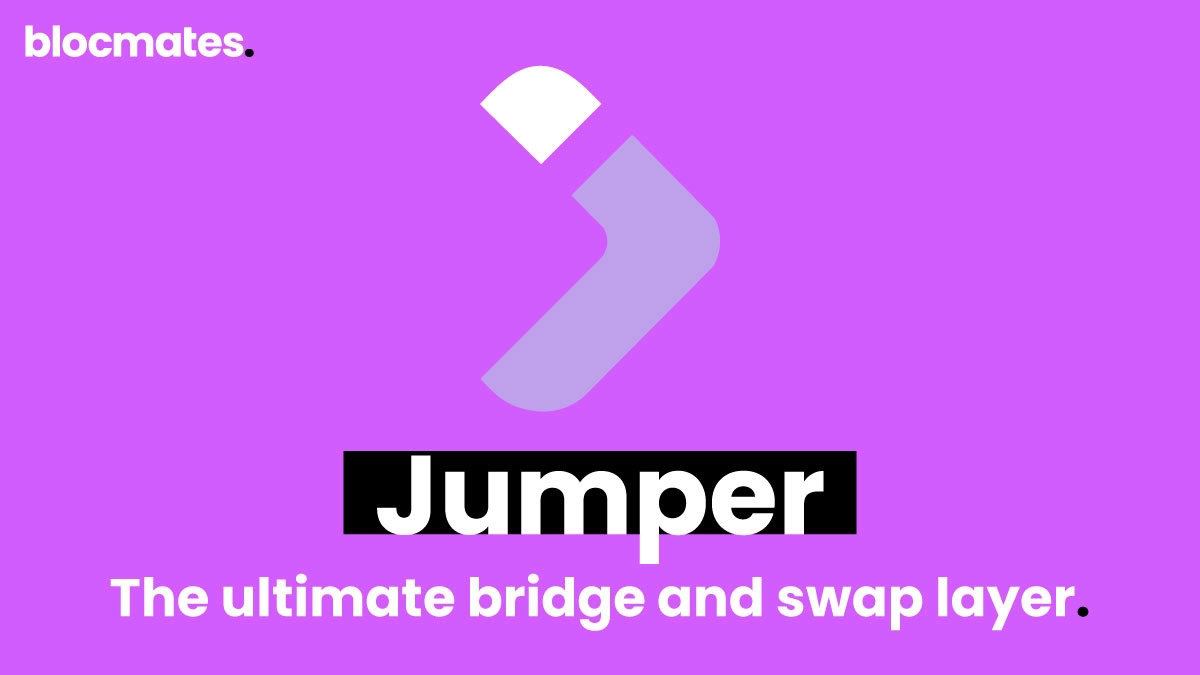
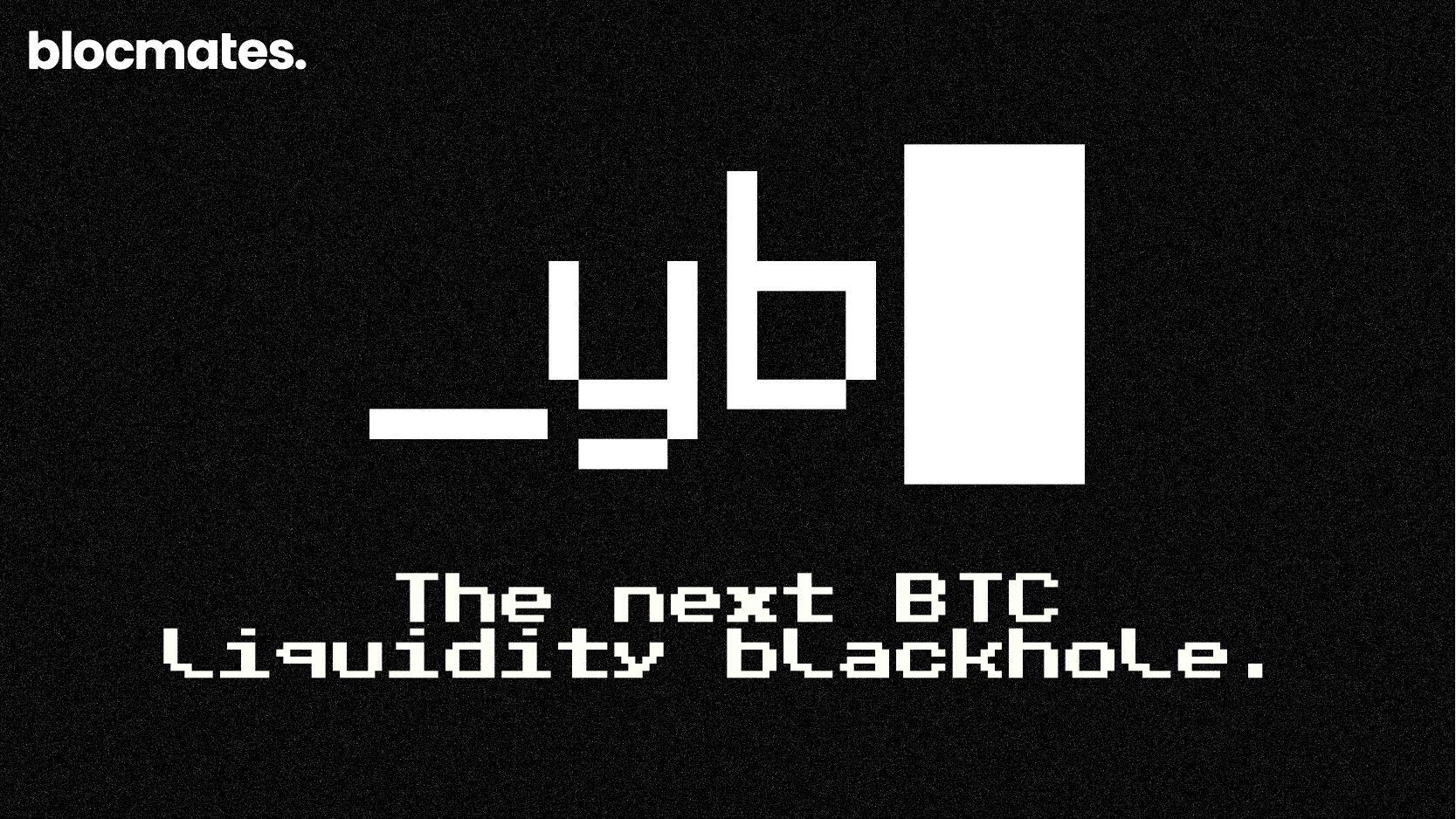
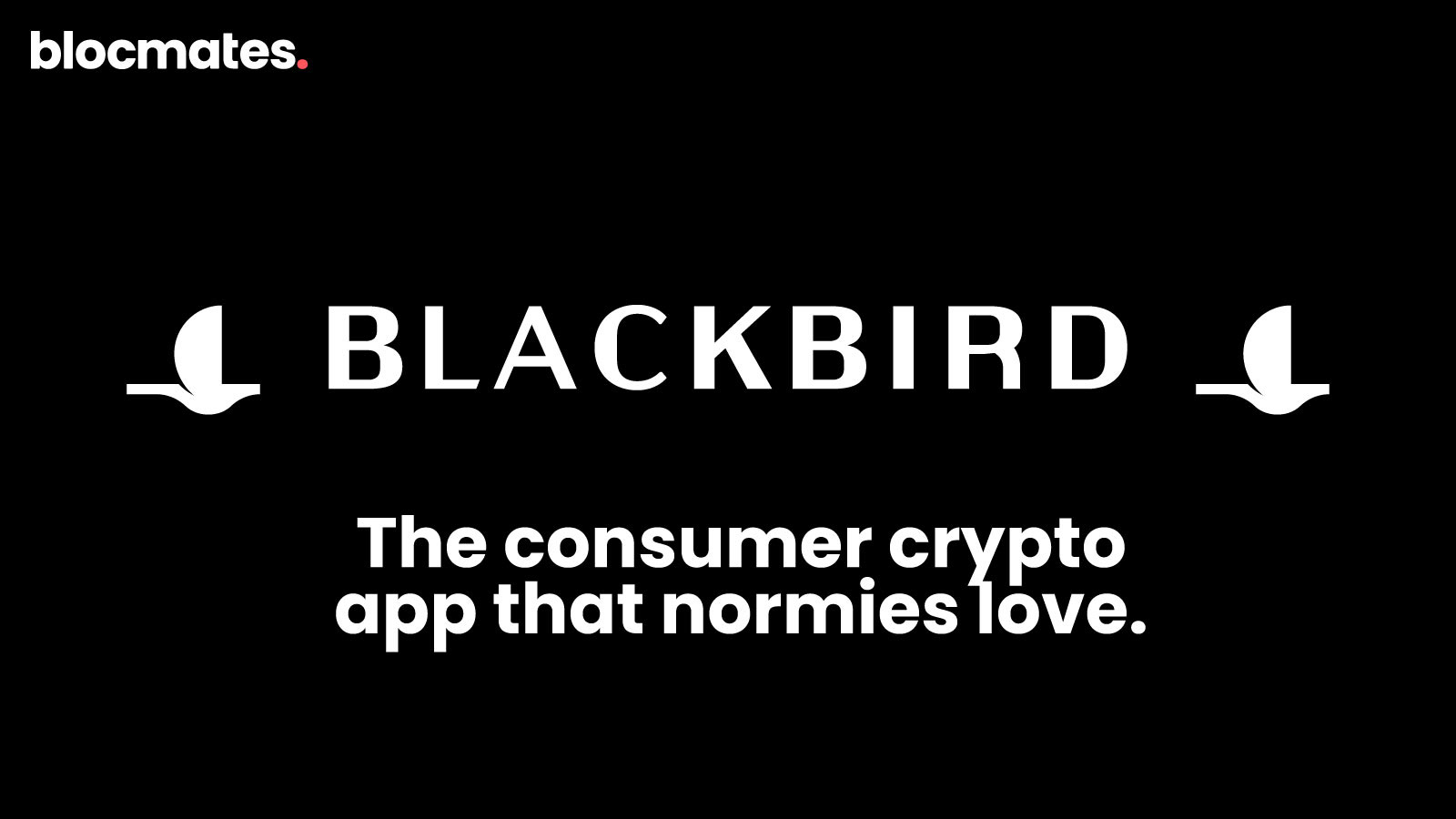
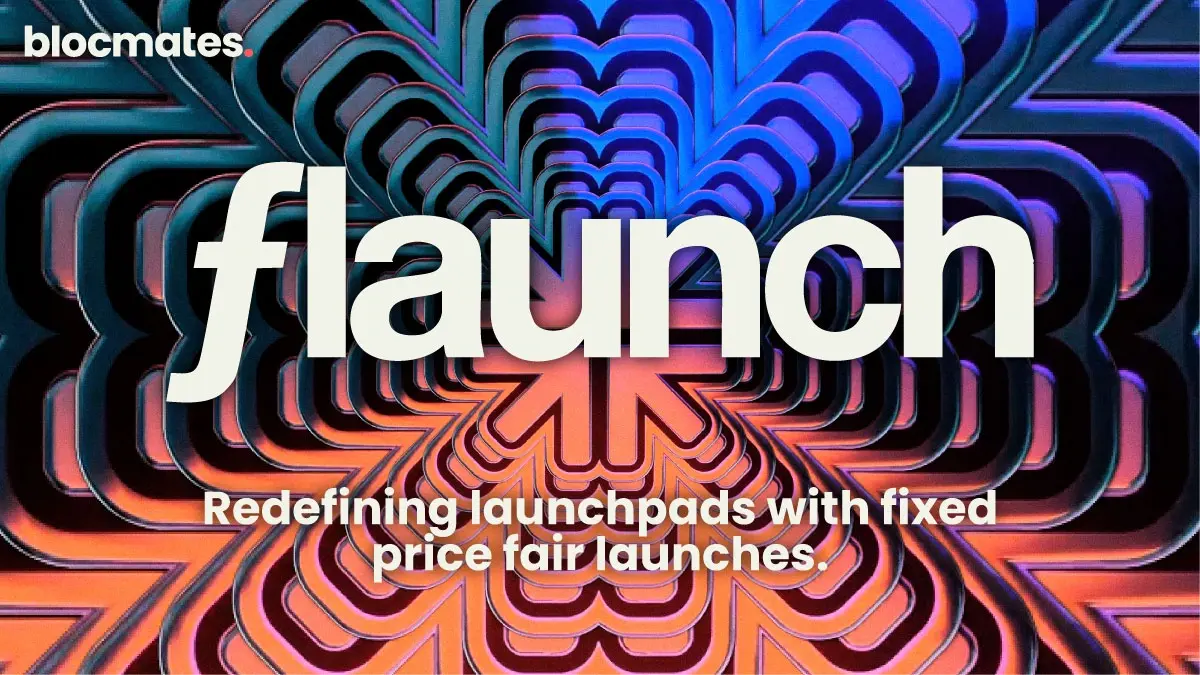

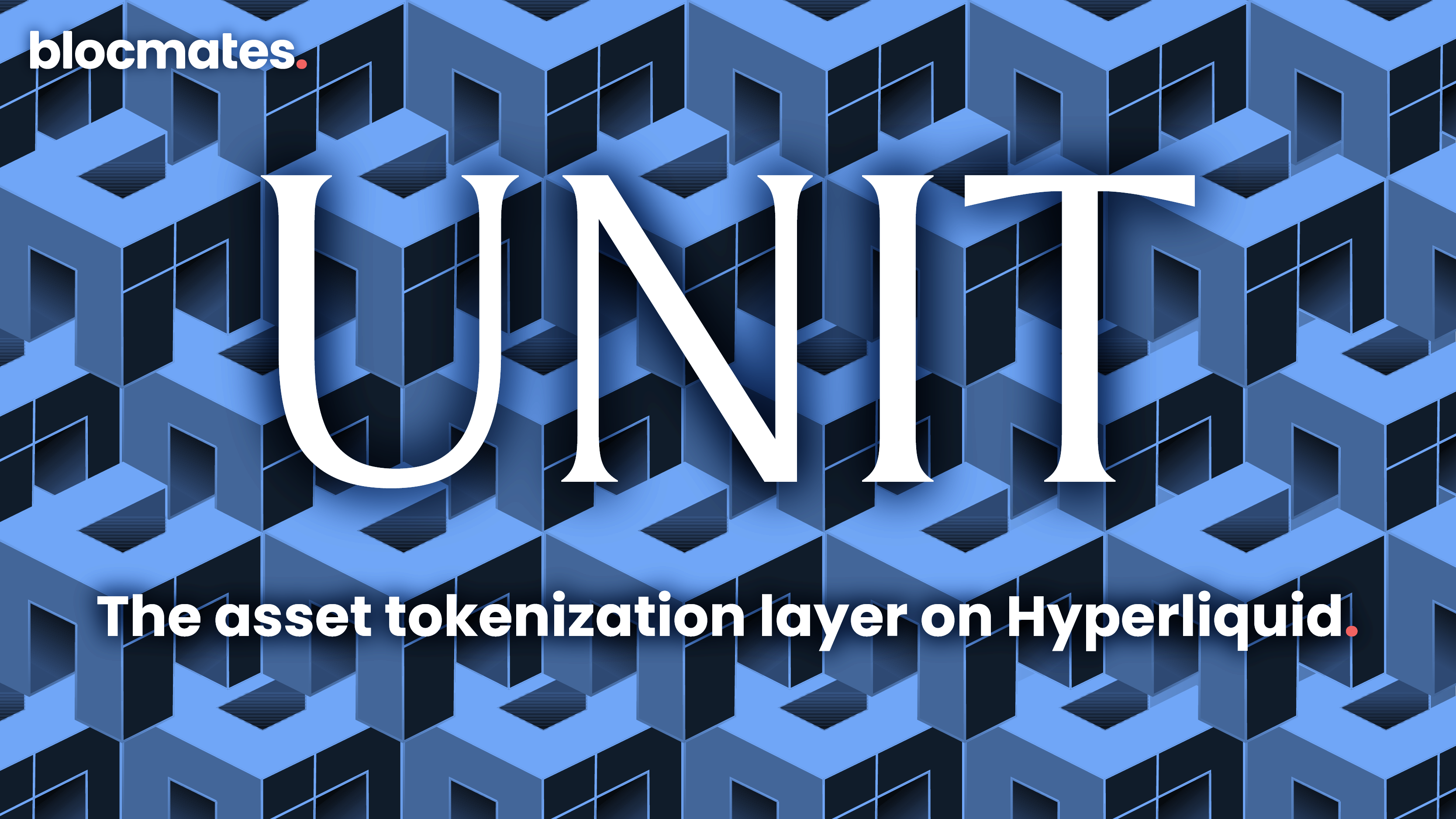



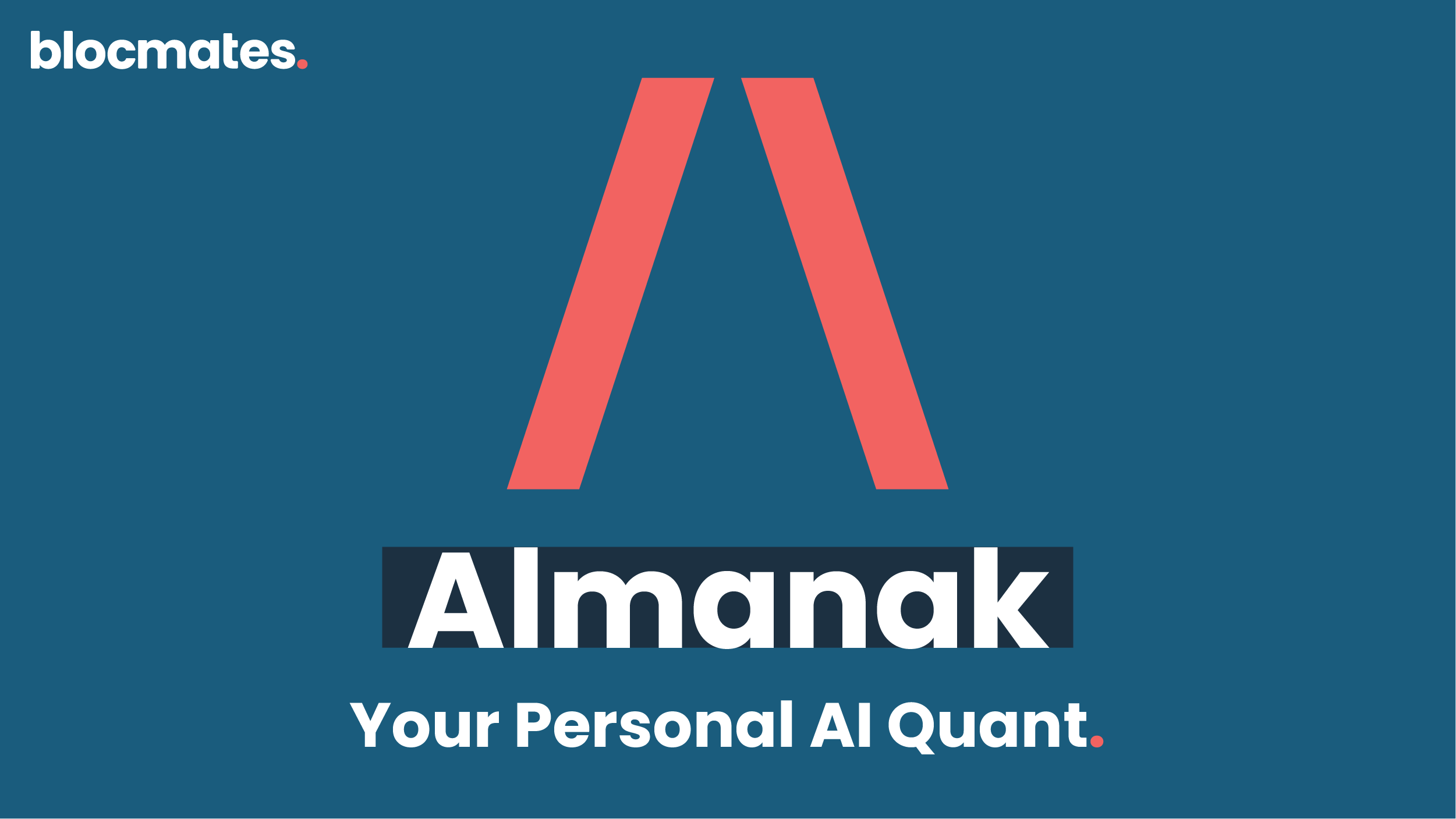
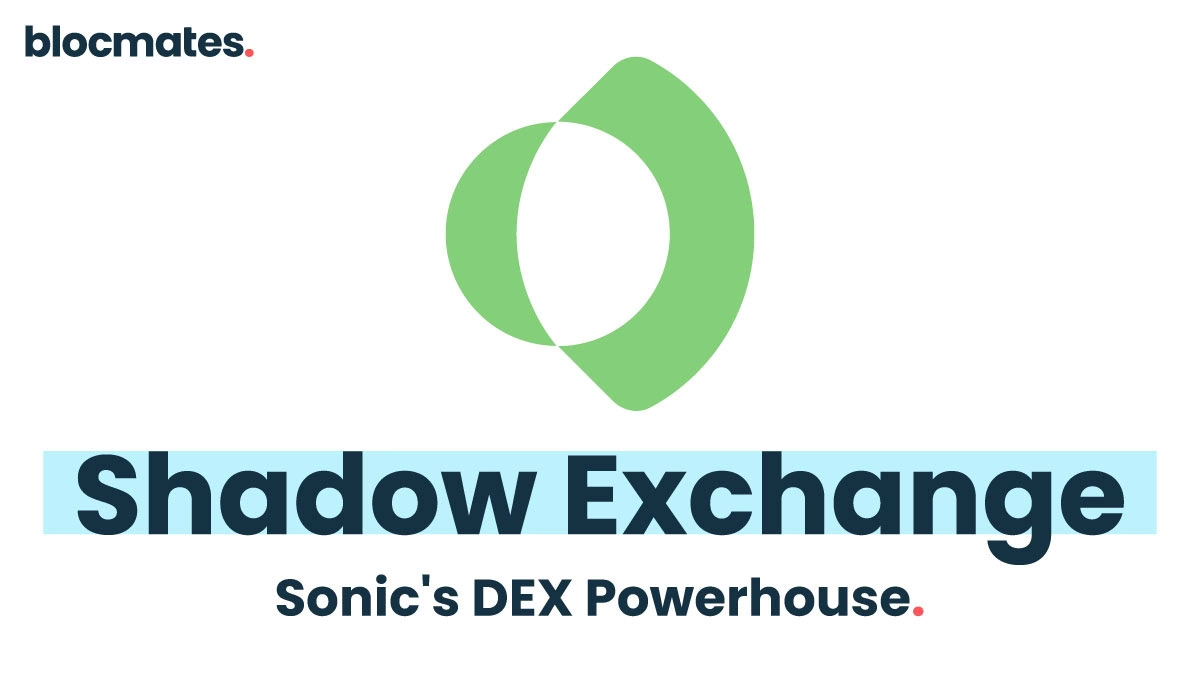


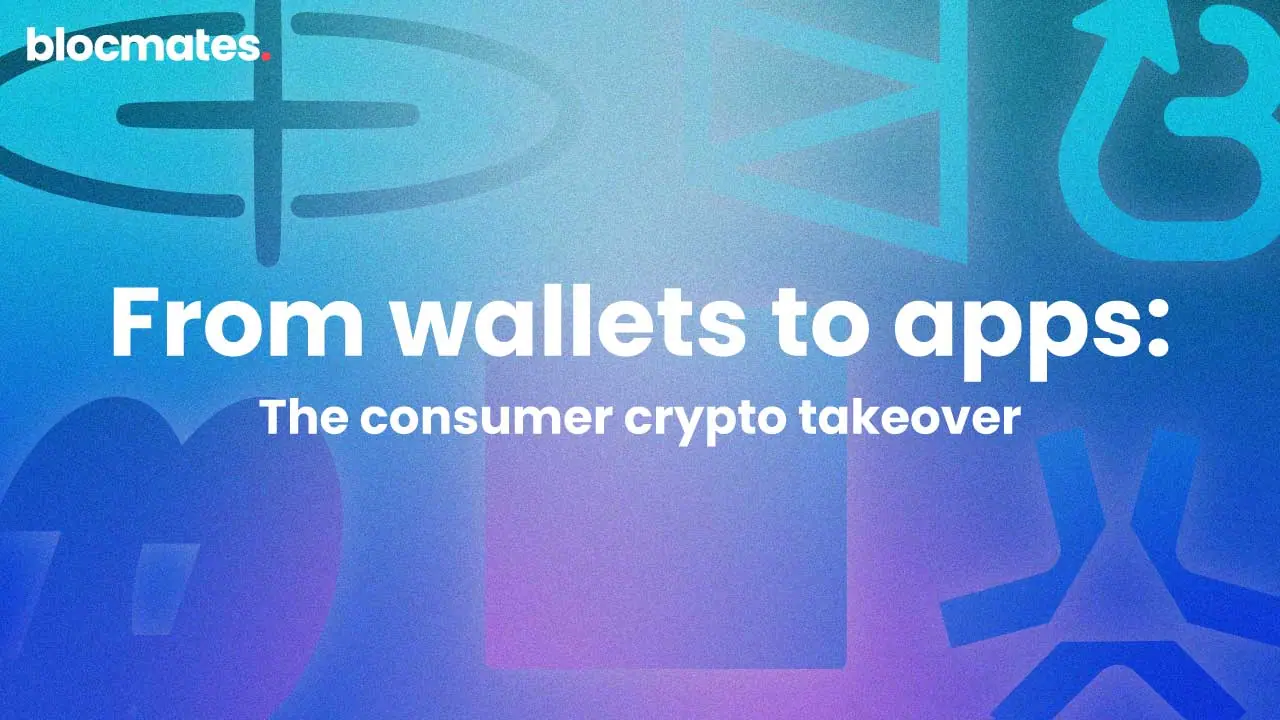



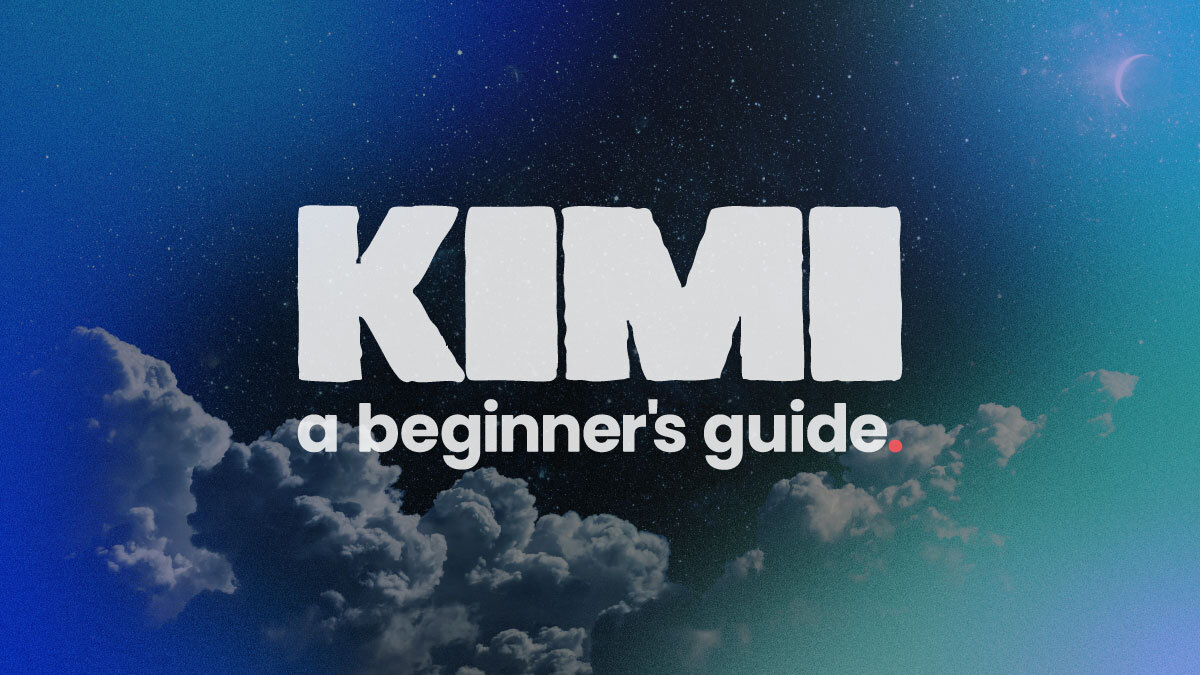
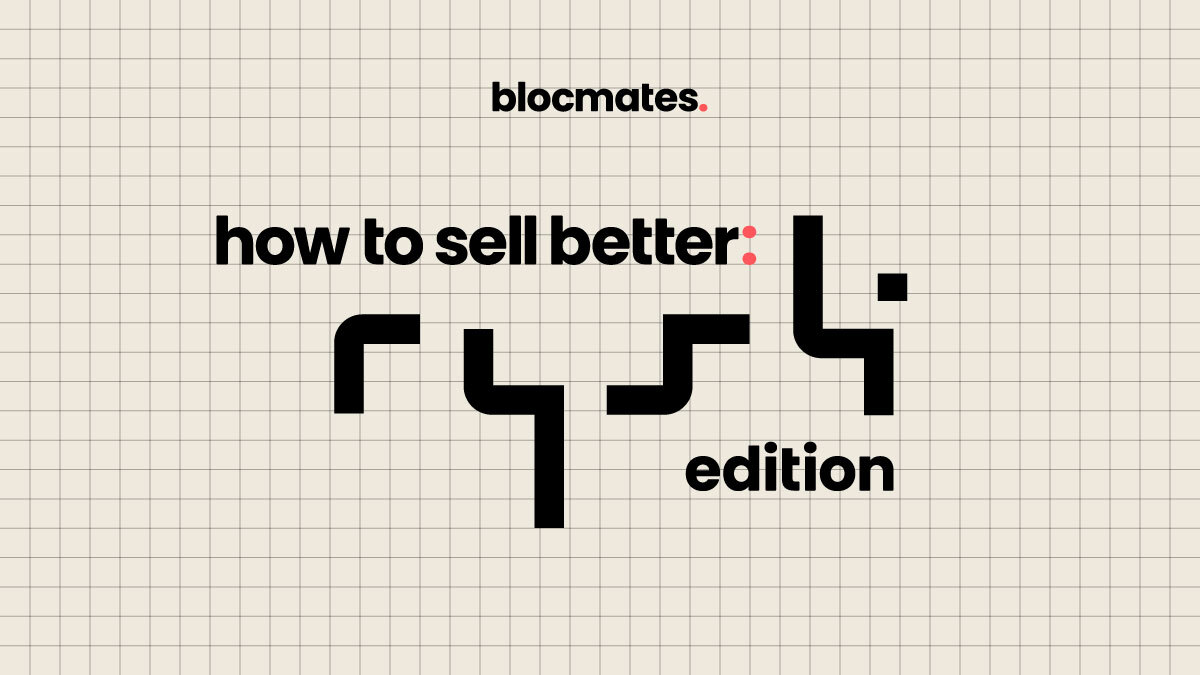


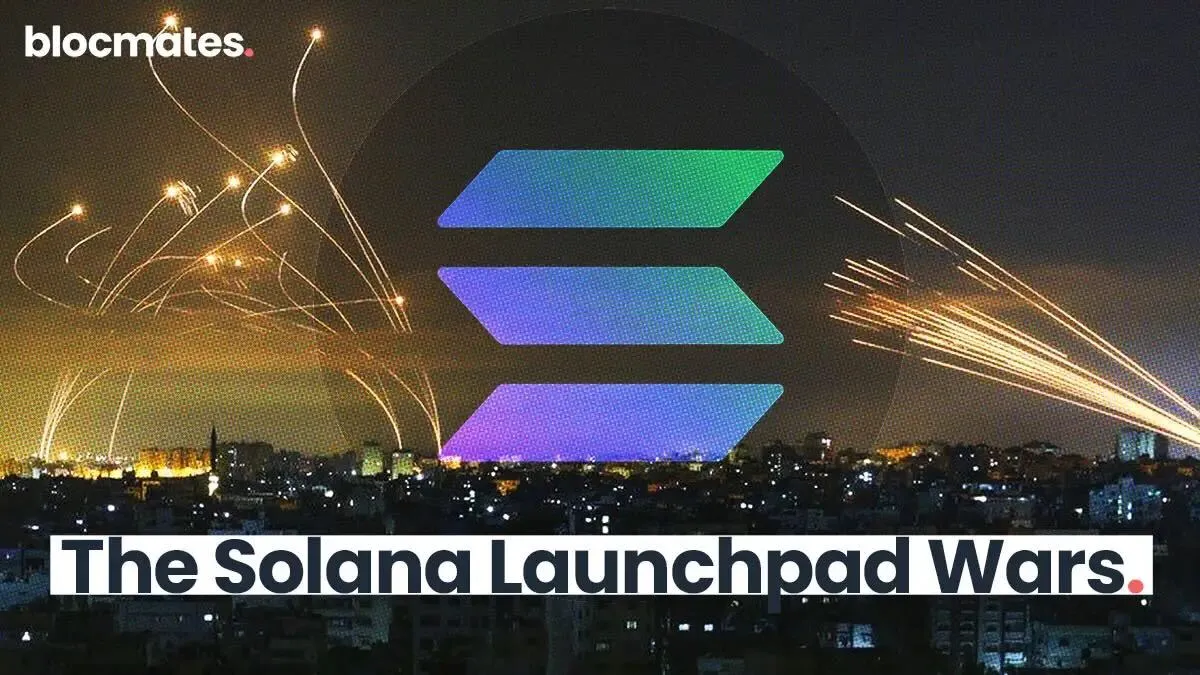




















%202.webp)


.webp)

.webp)
.webp)
.webp)



.webp)

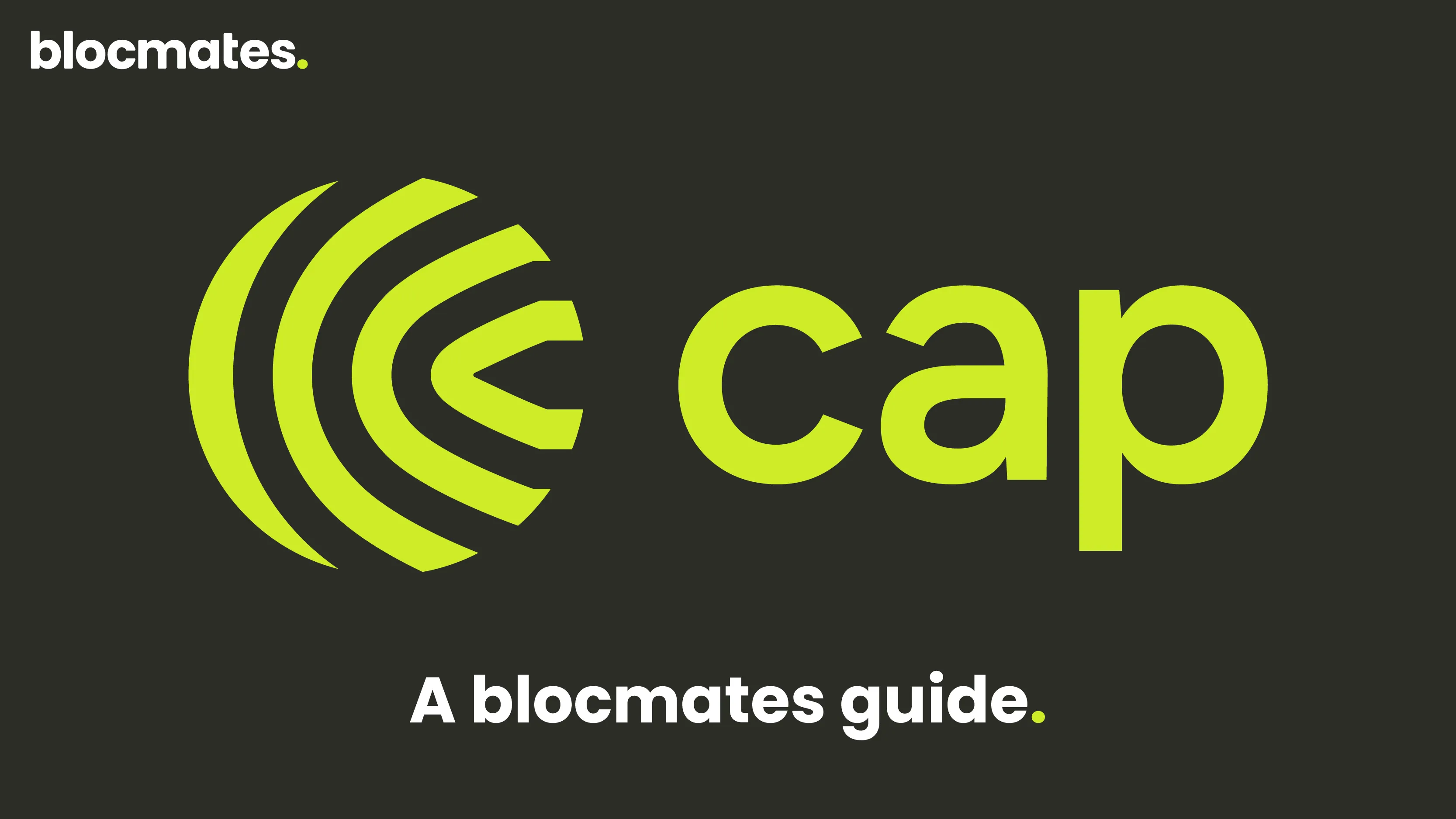










%20the%20Next%20Big%20Unlock%20in%20AI.webp)




.webp)
.webp)

.webp)
.webp)
.webp)


.webp)
.webp)










.webp)


.webp)









.webp)







.webp)
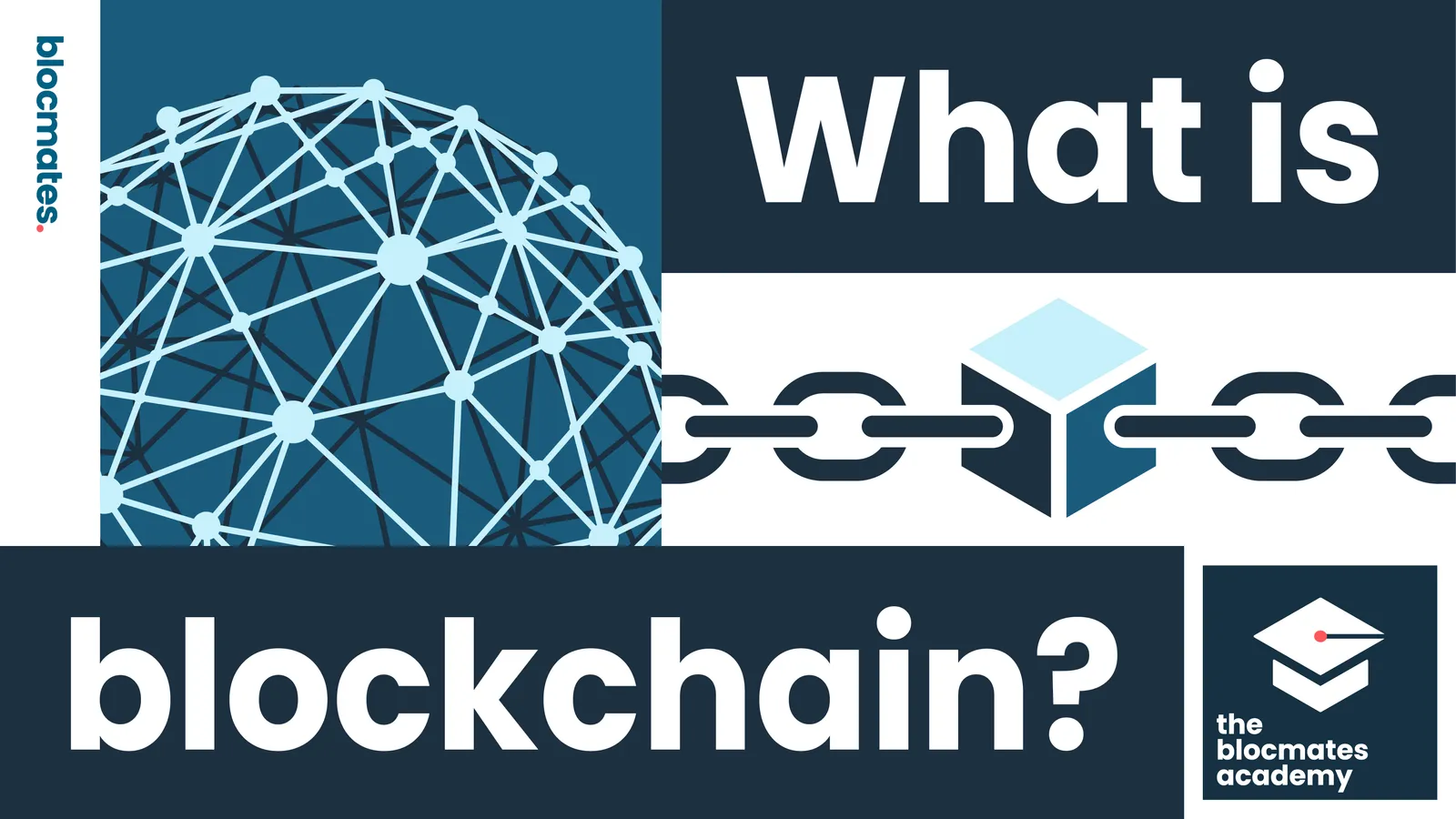



.webp)






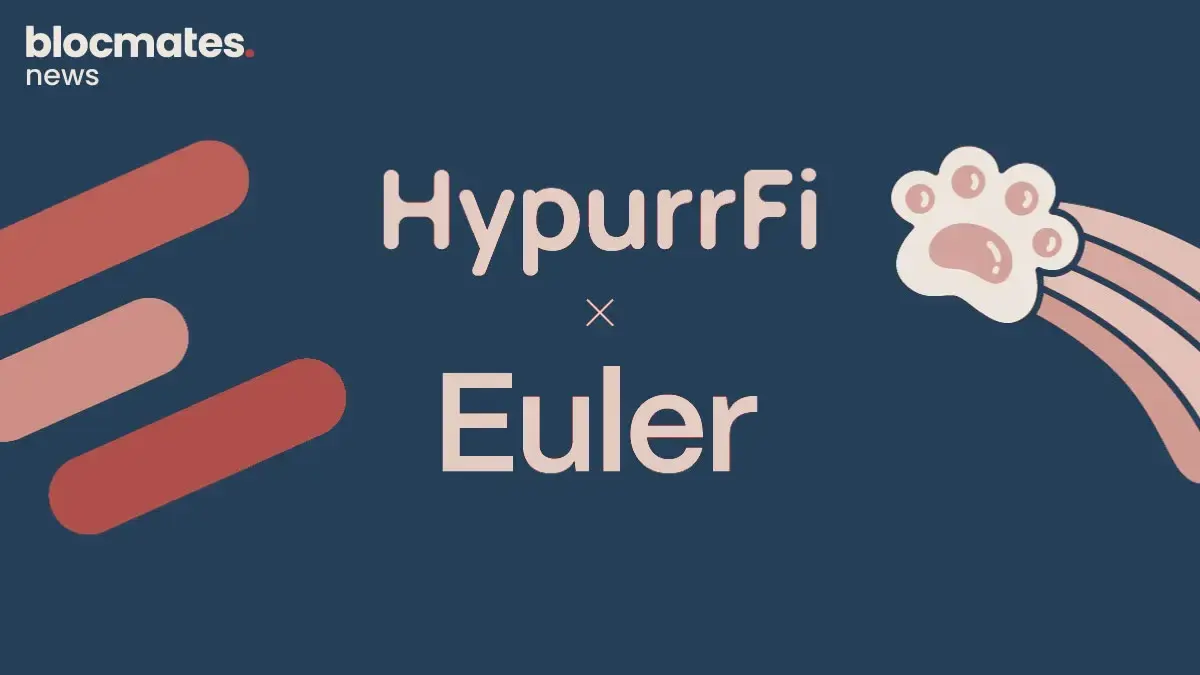







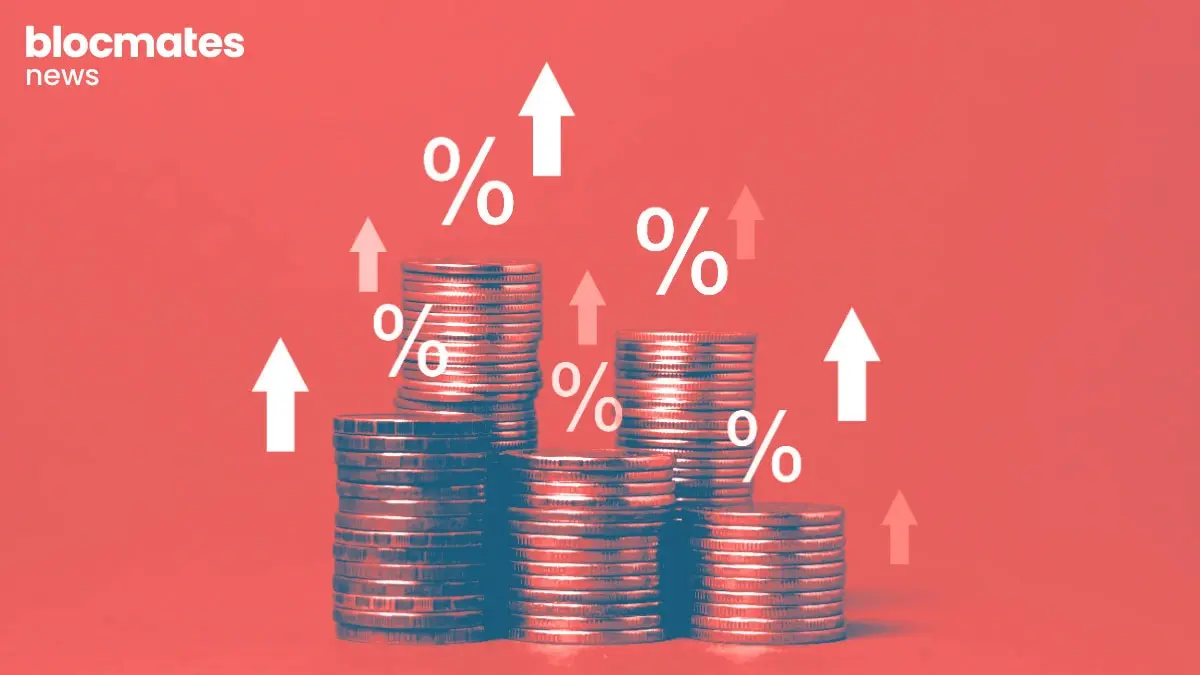

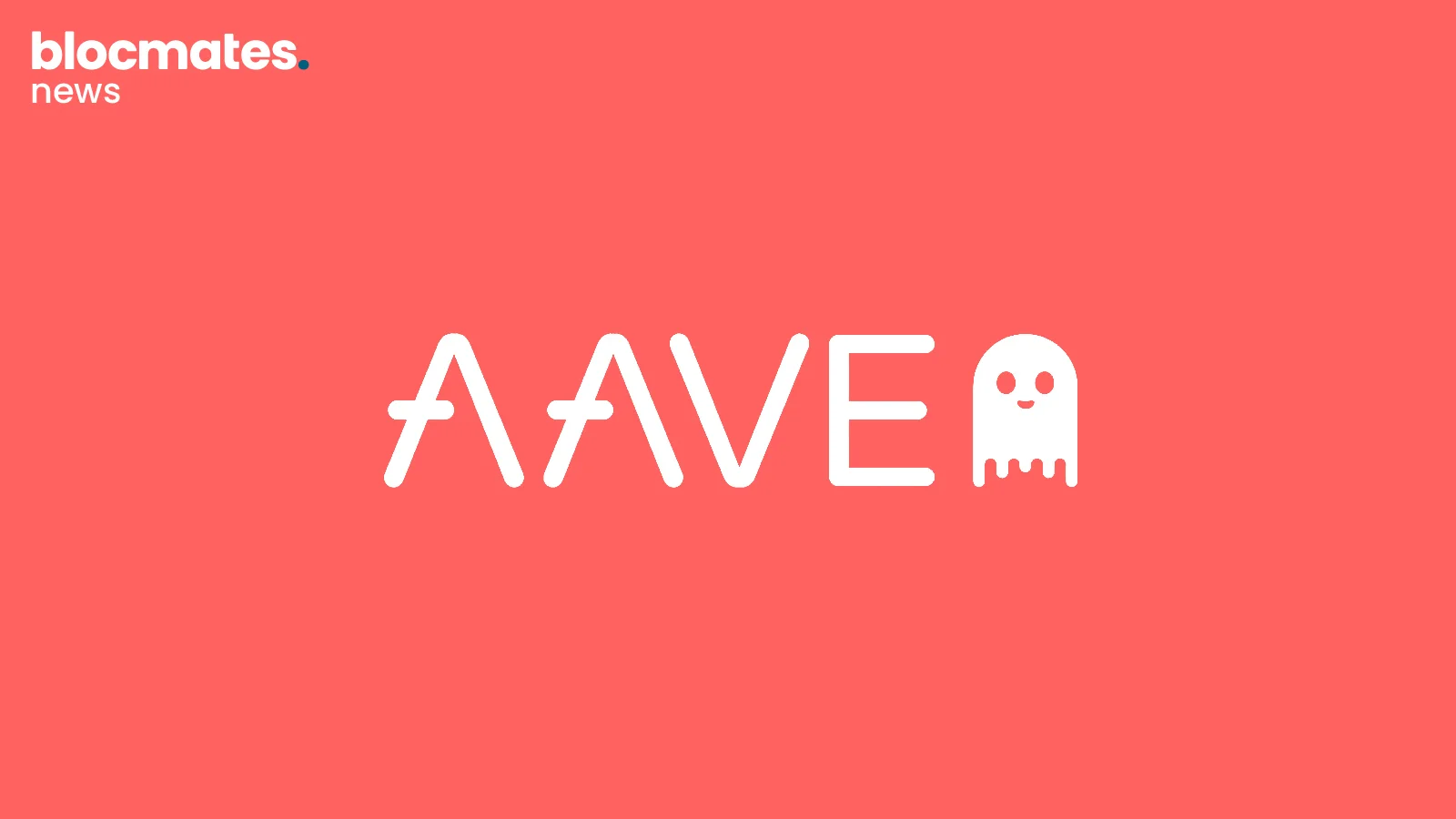
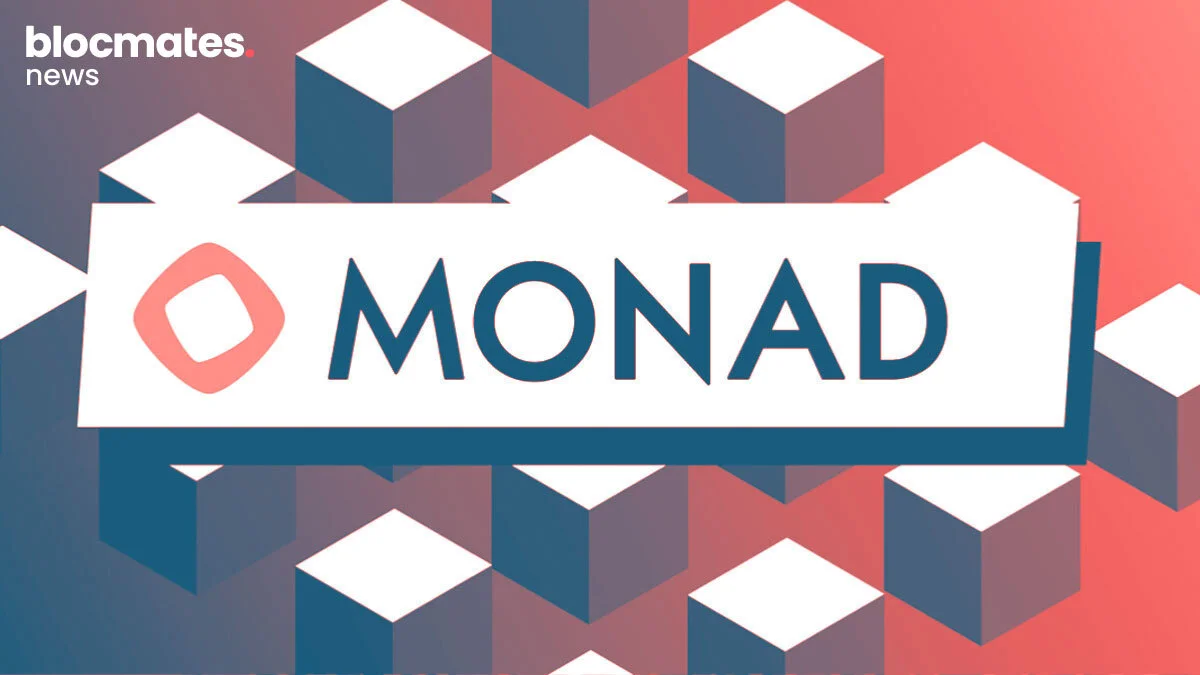





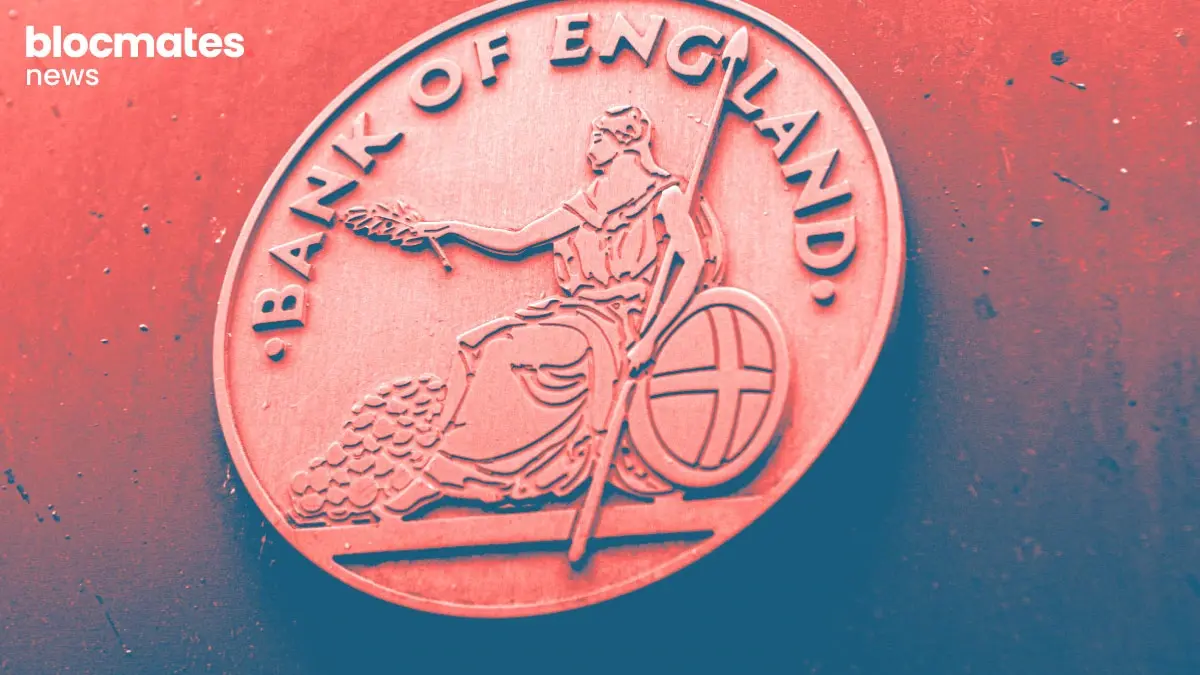
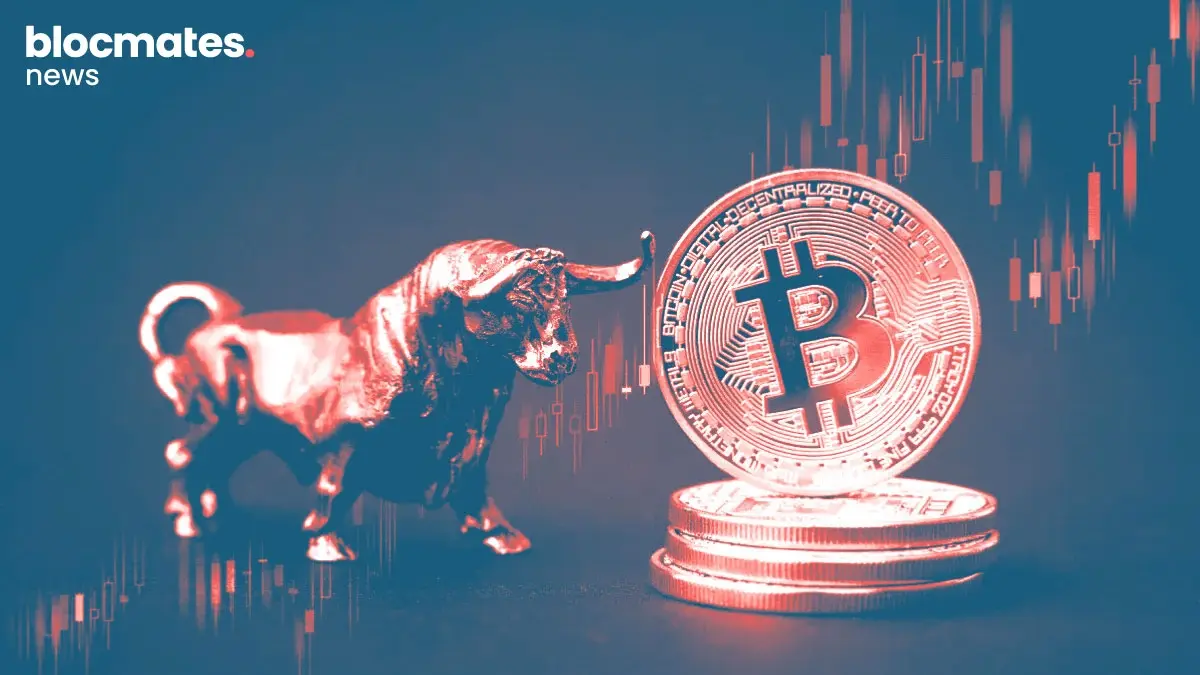

.webp)
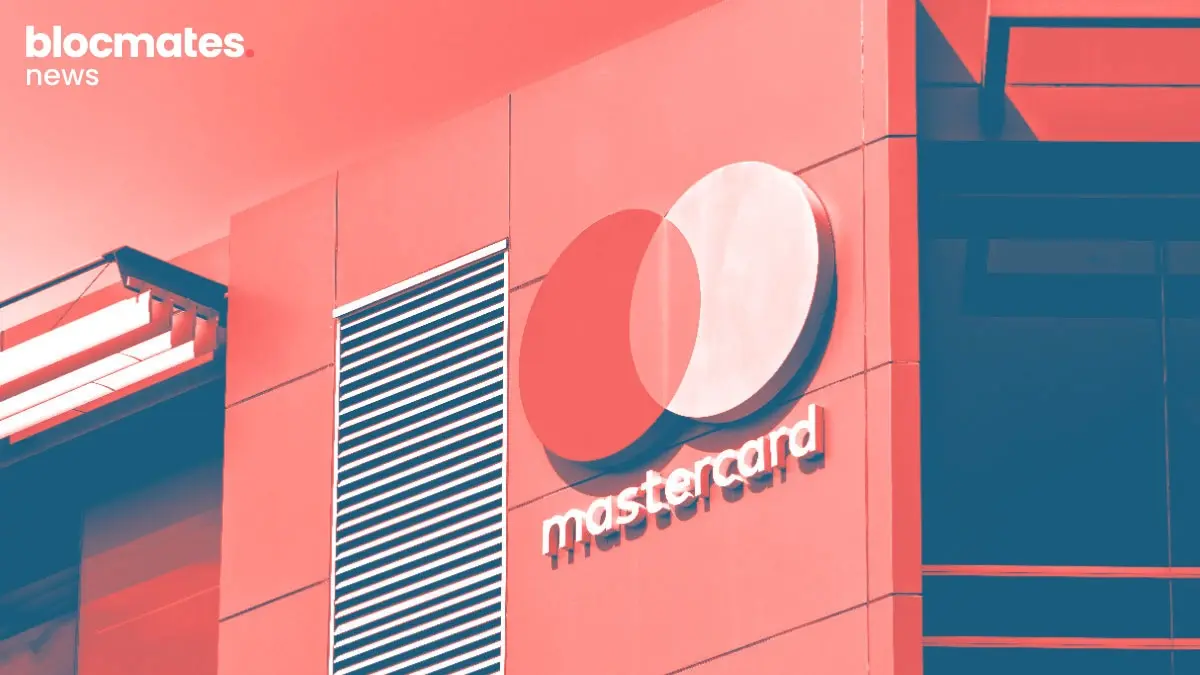






.webp)


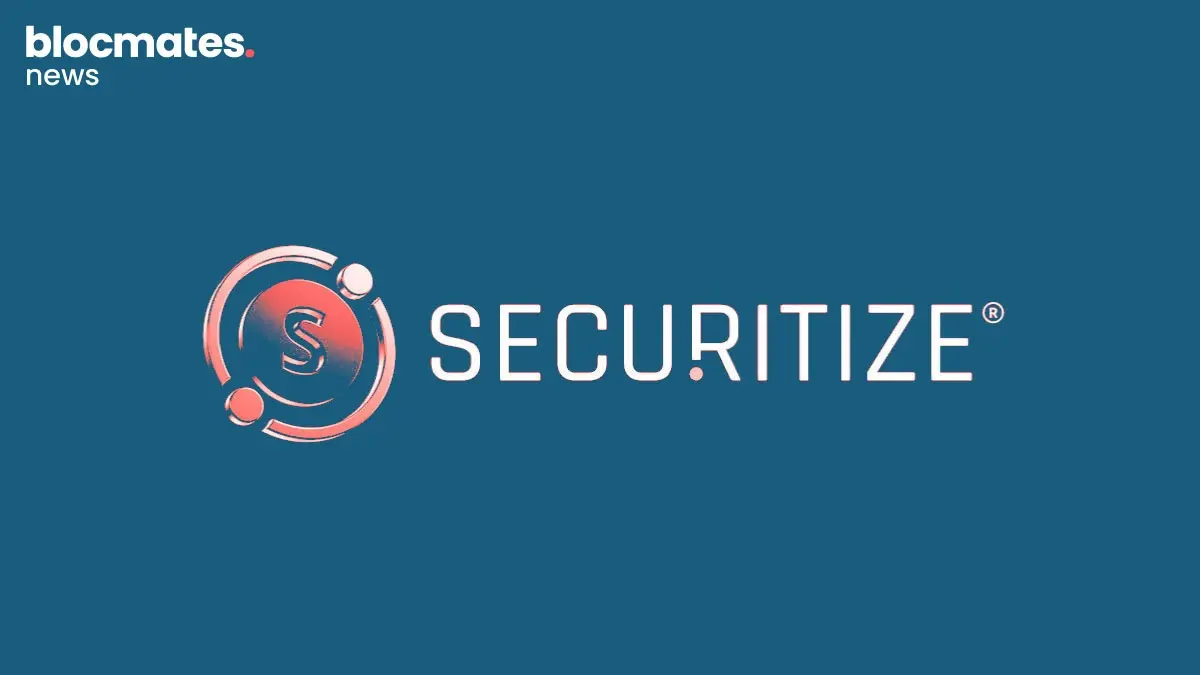

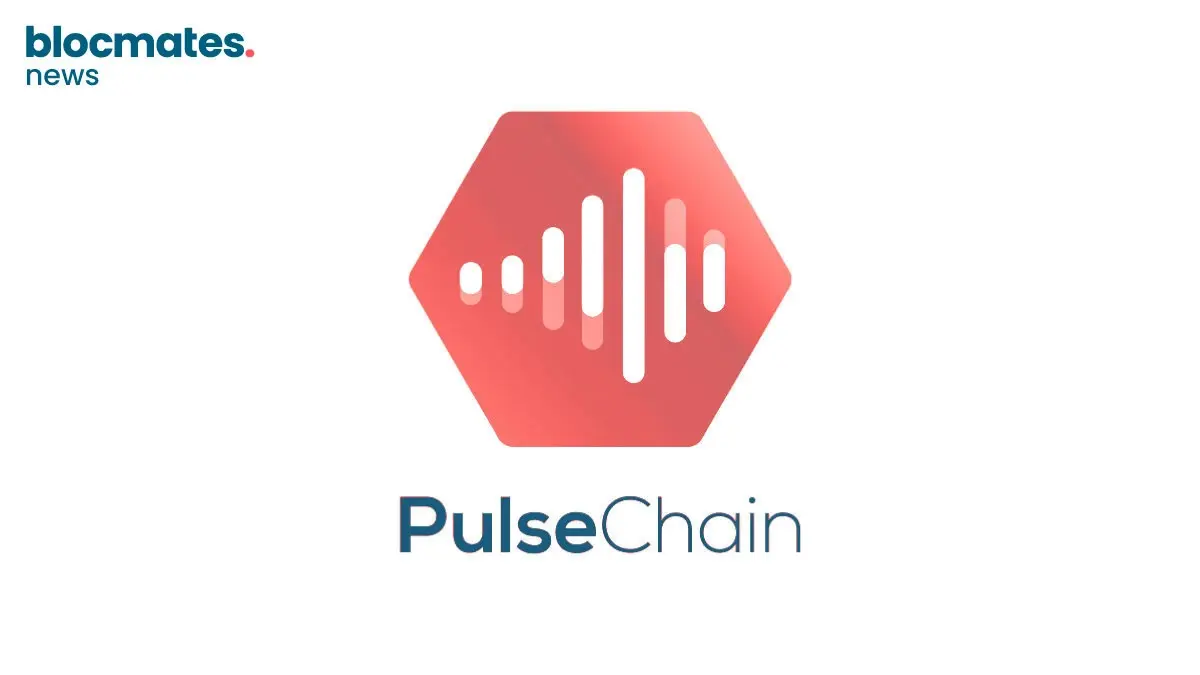
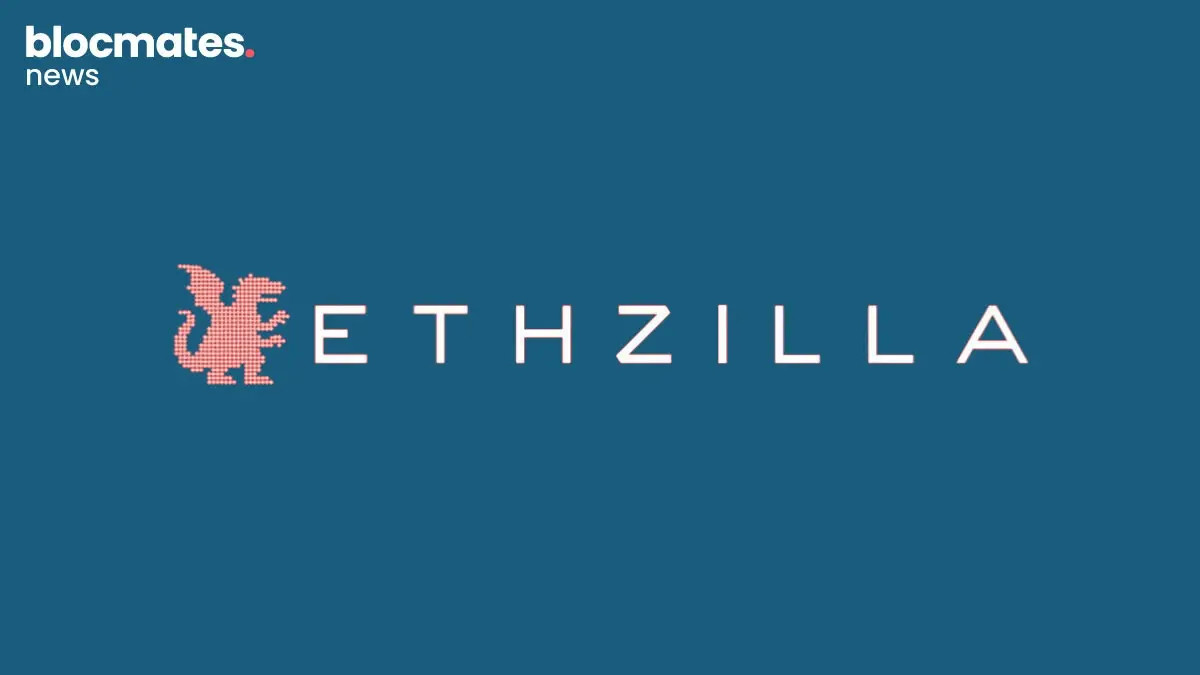
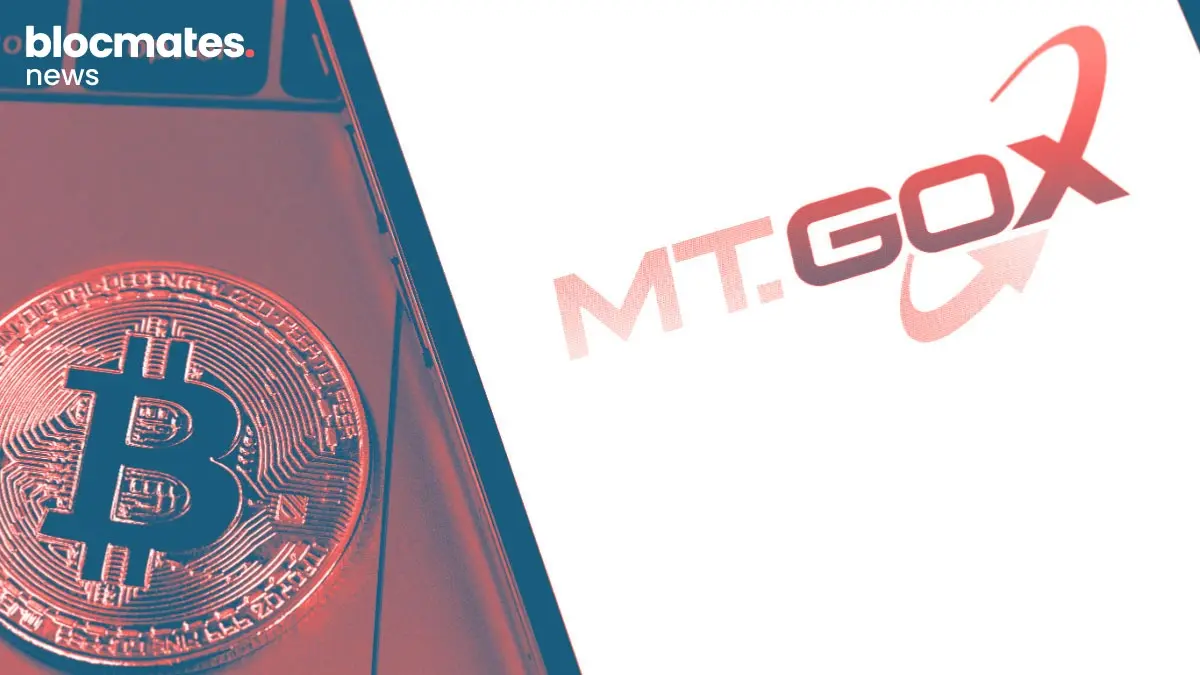




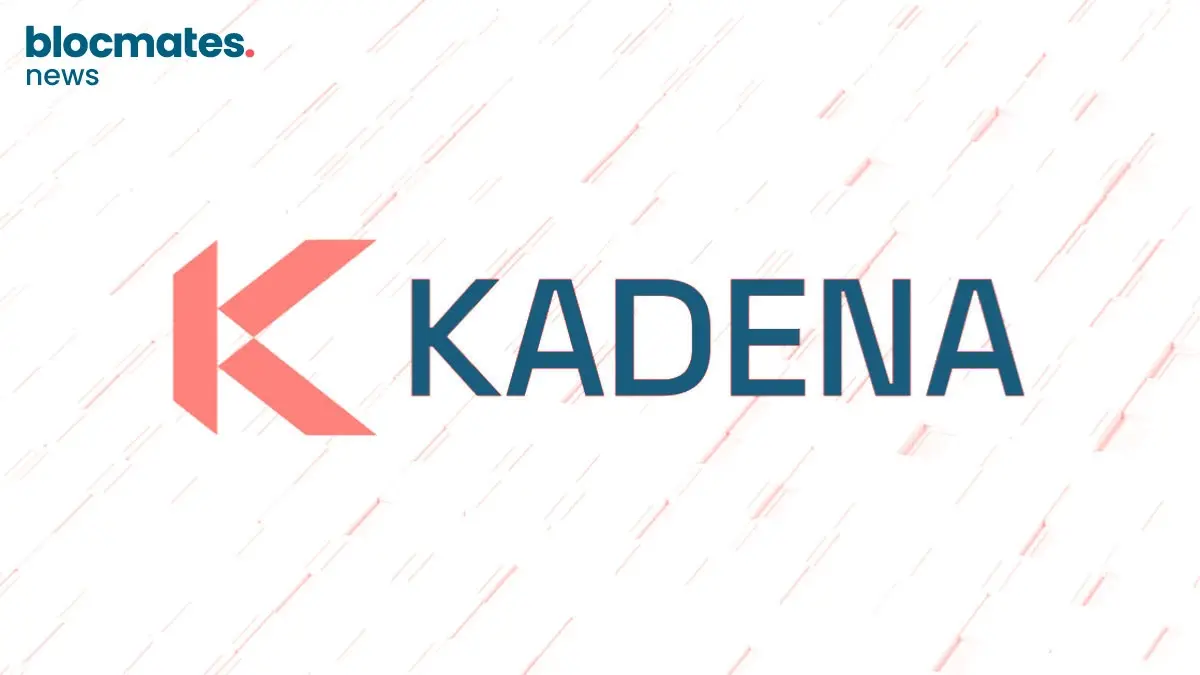

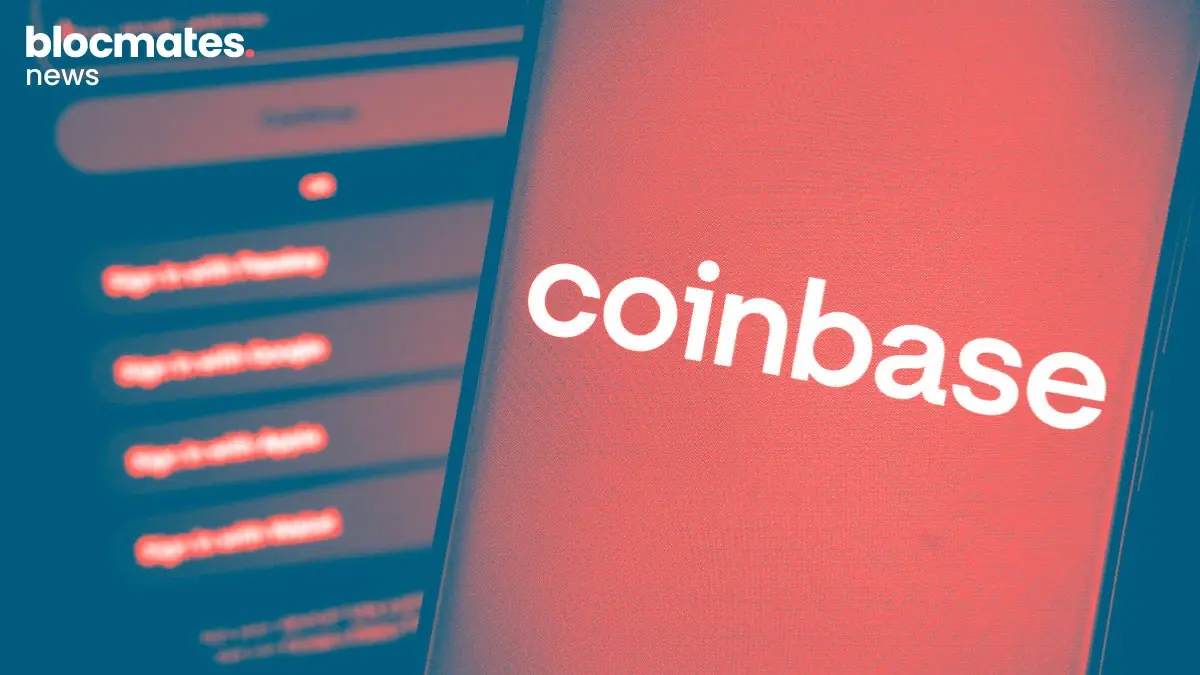
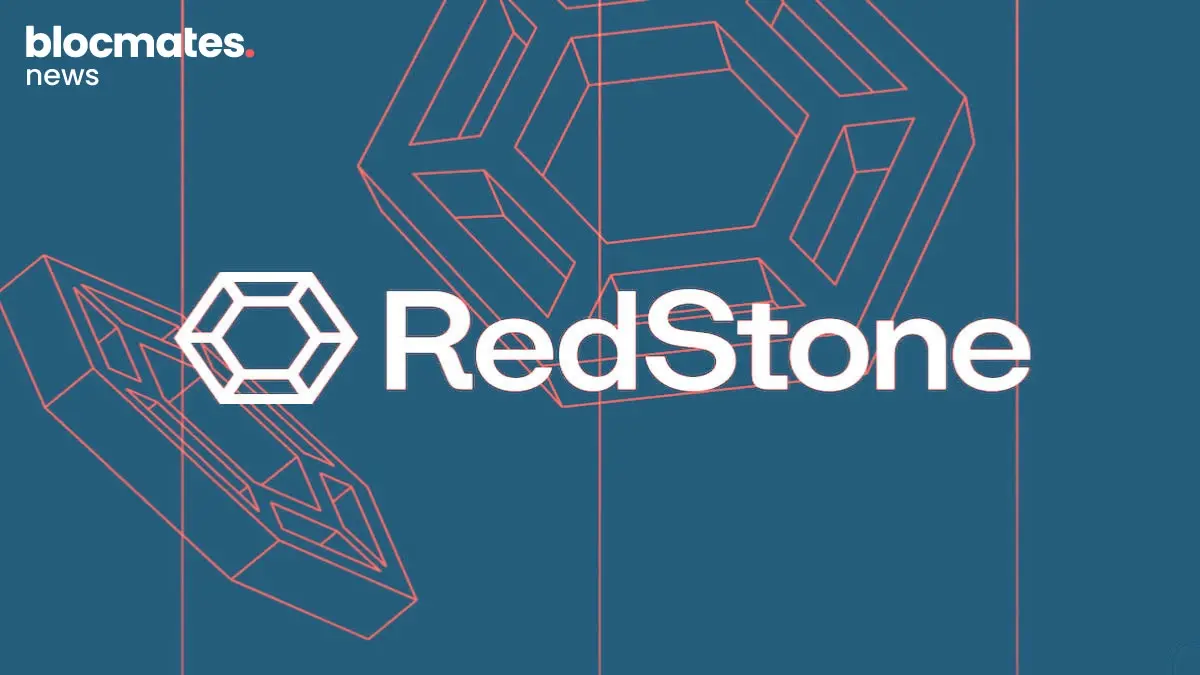
.webp)

.webp)
.webp)

.webp)


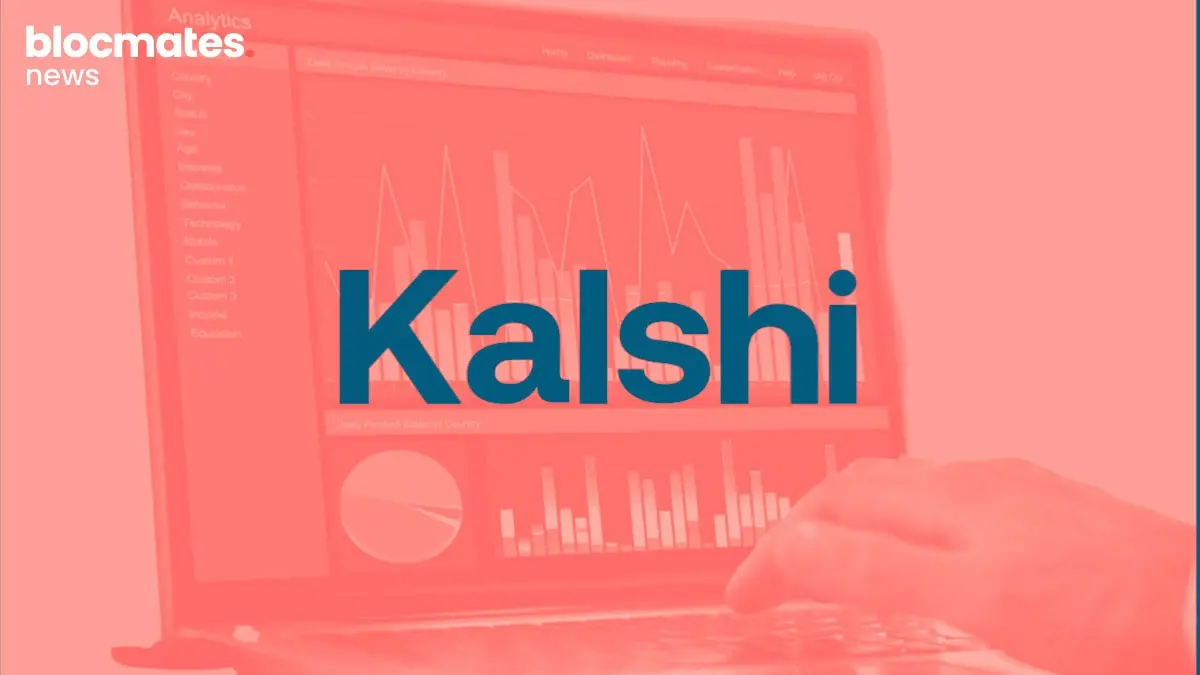




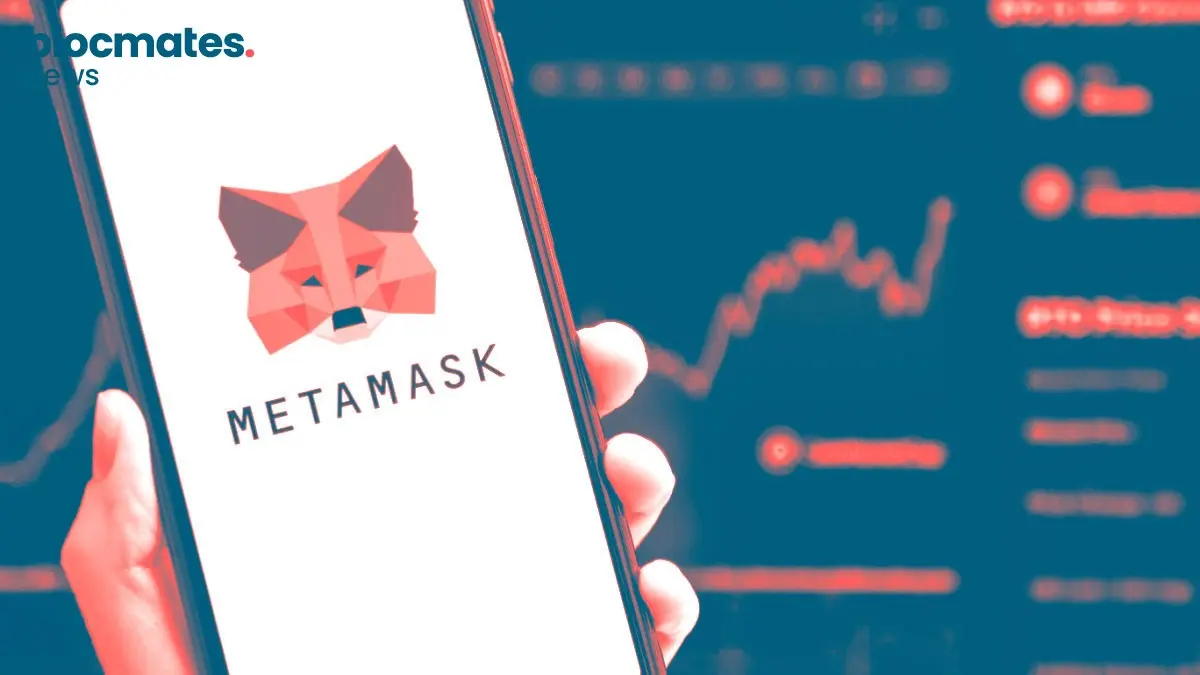
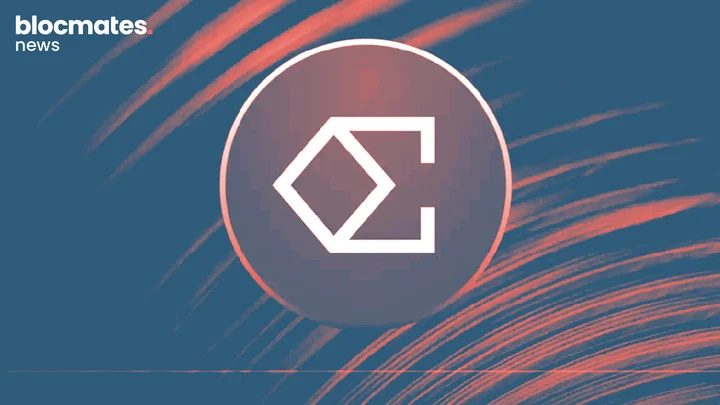


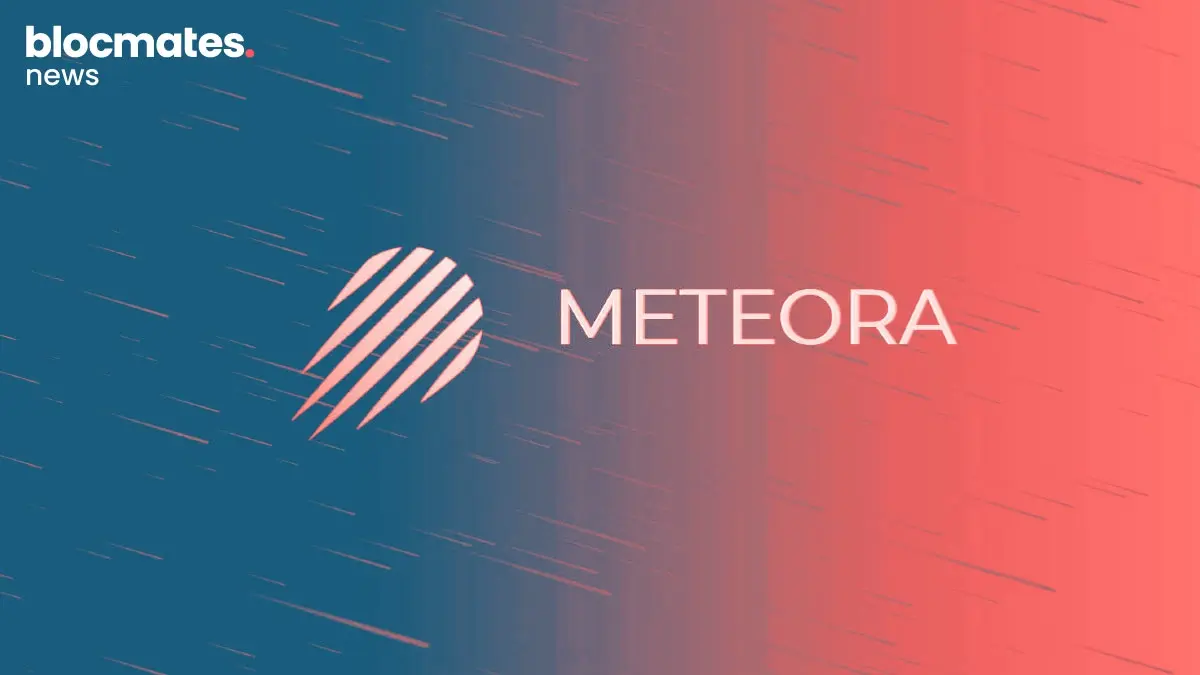
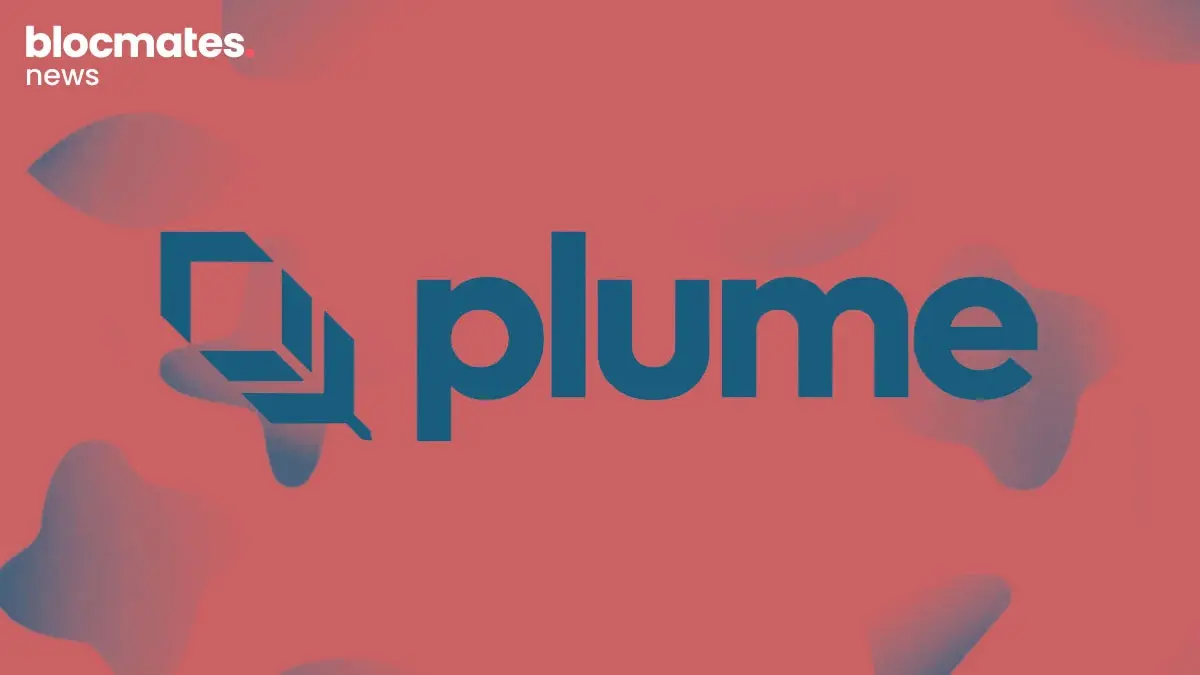

.webp)

.webp)

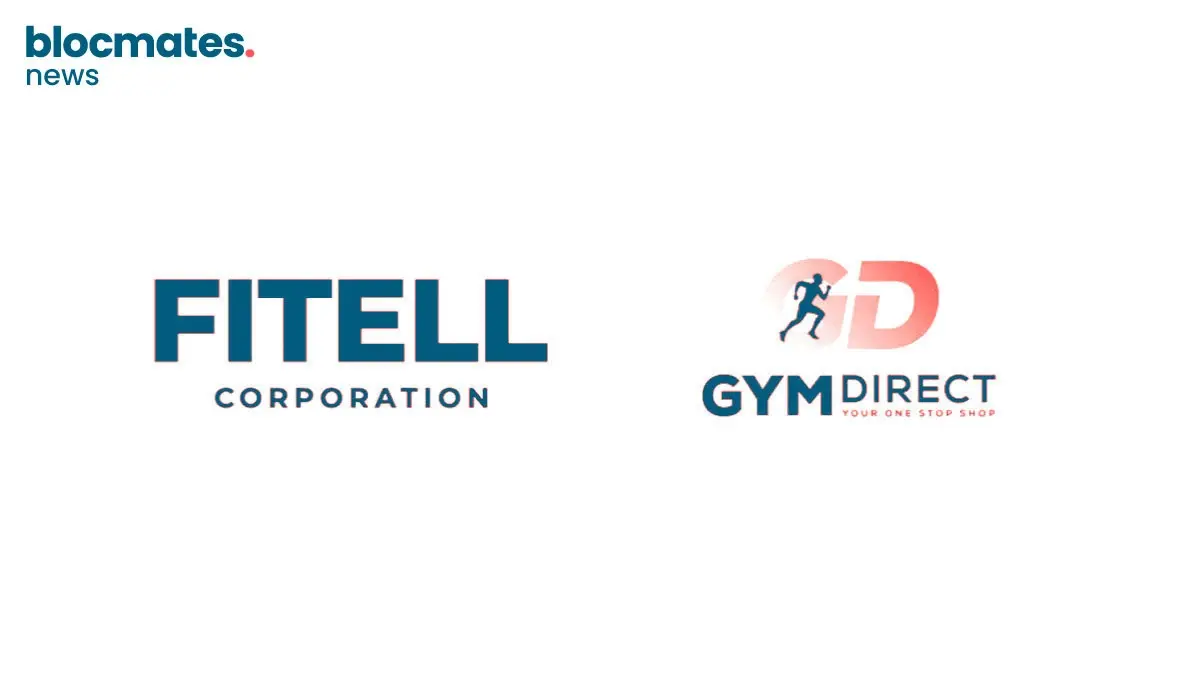
.webp)



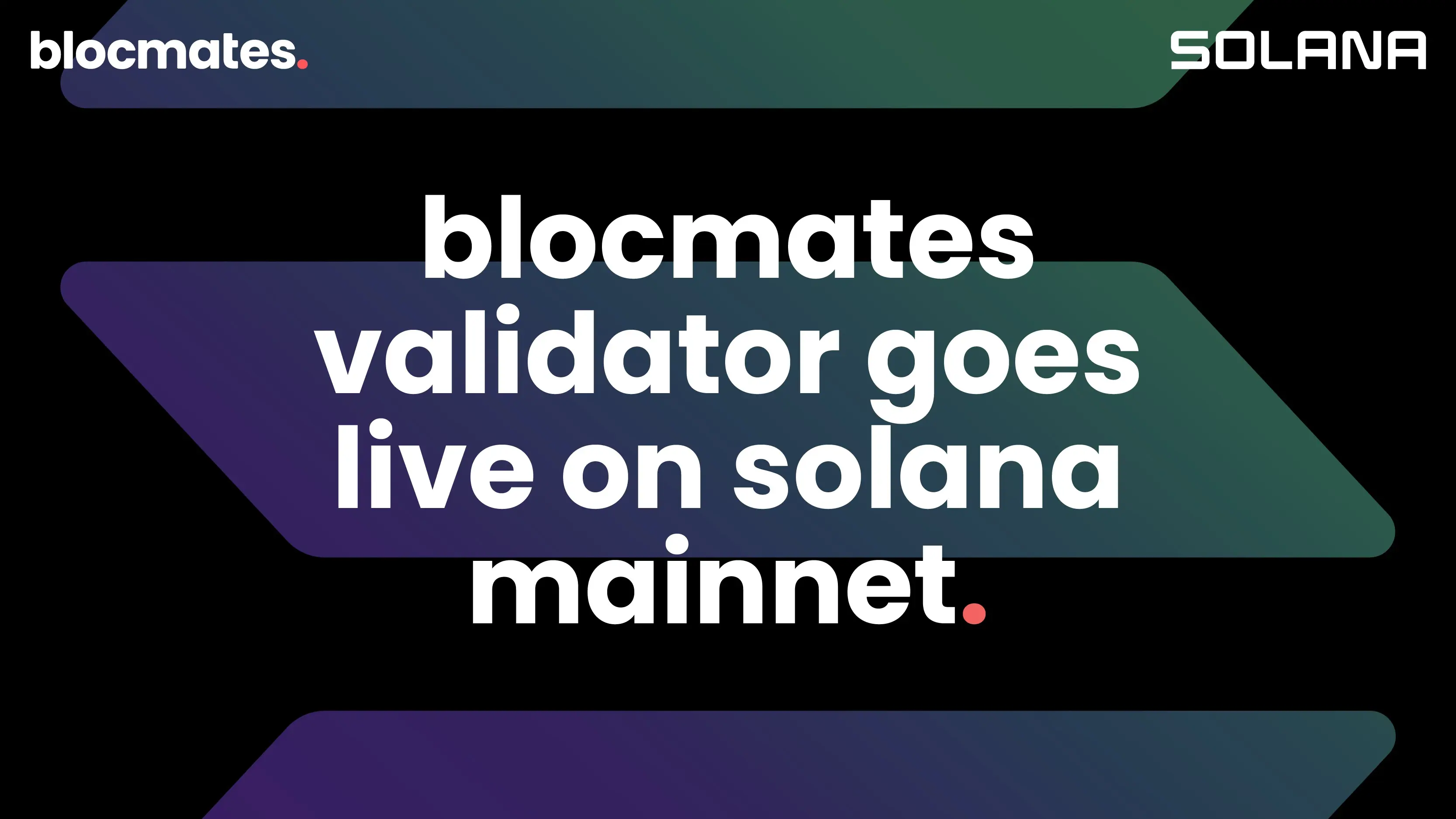
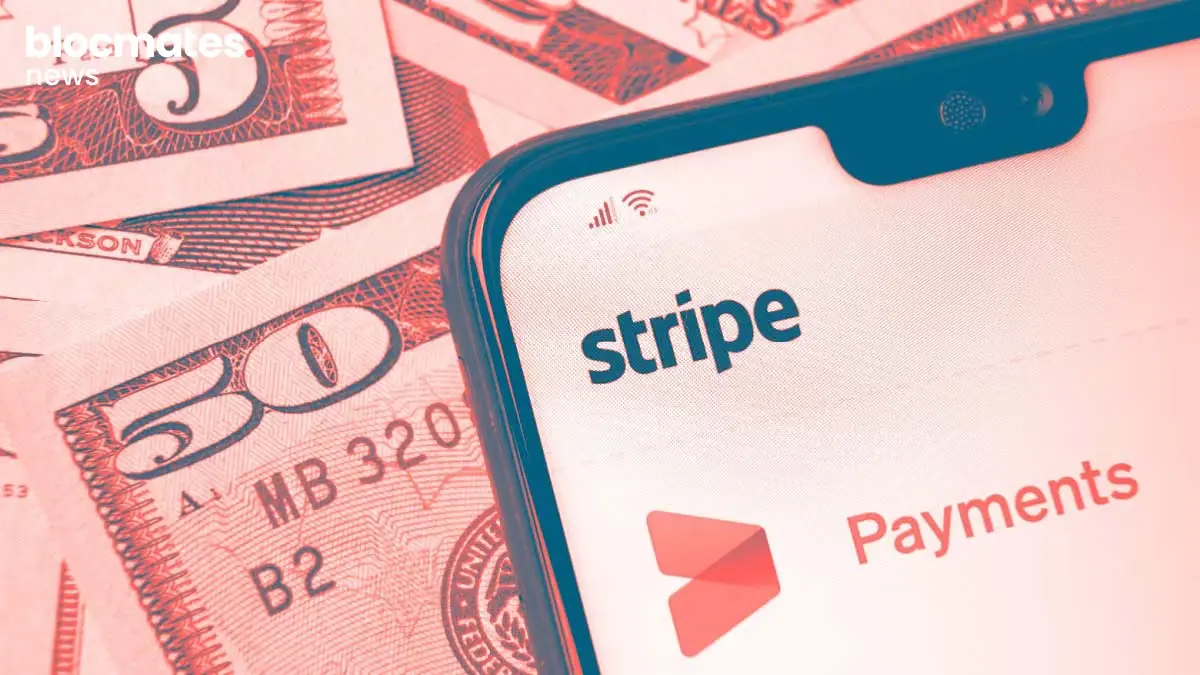



.webp)
